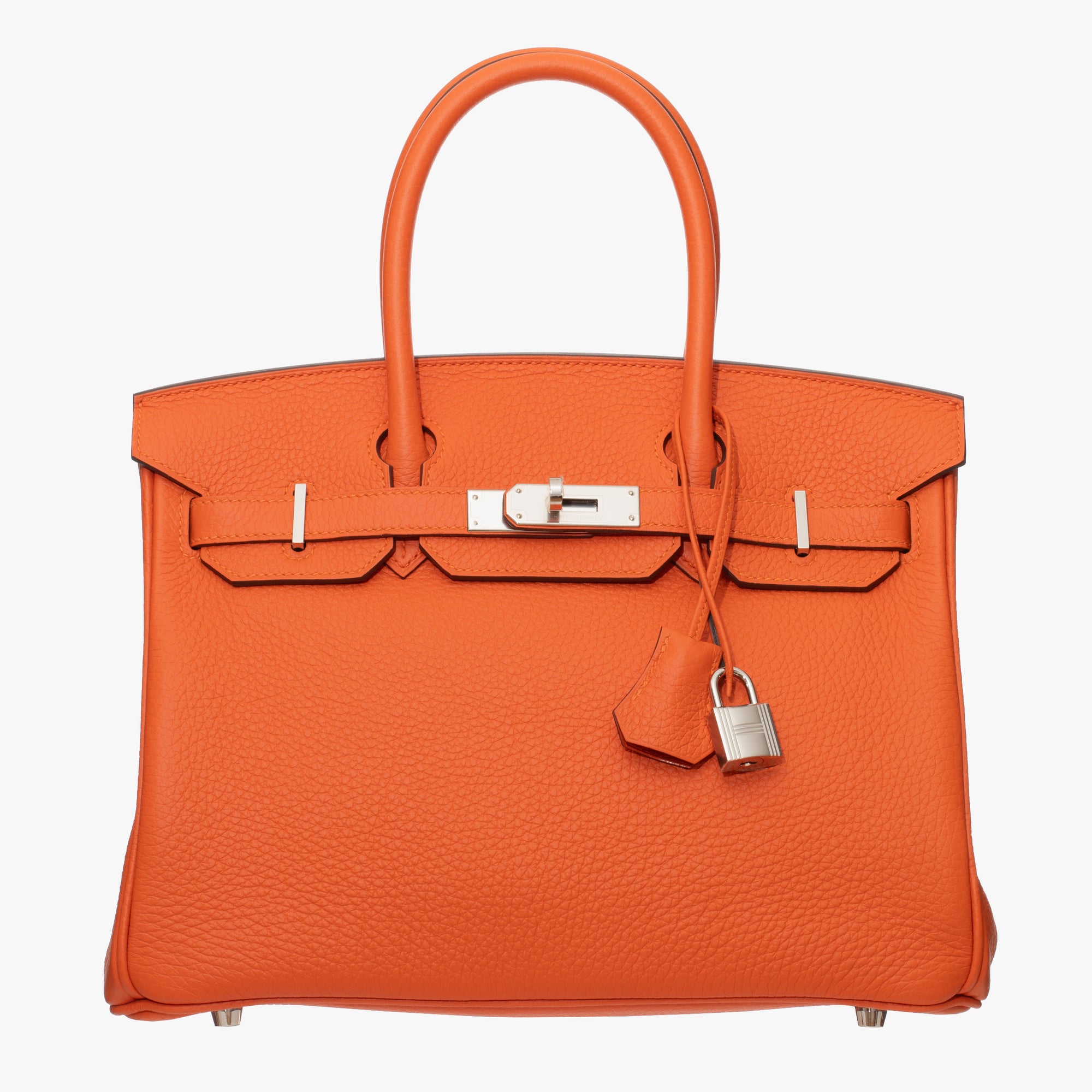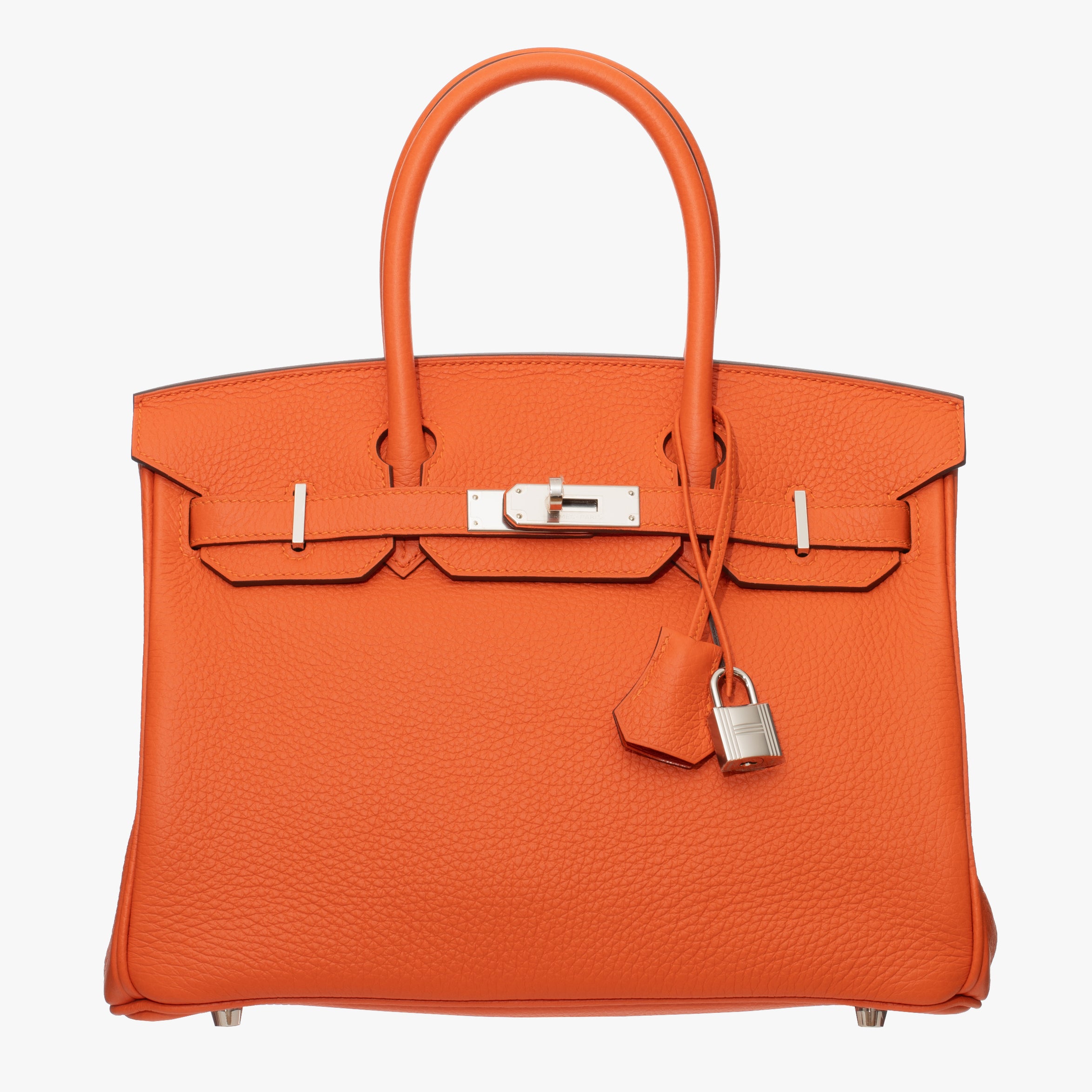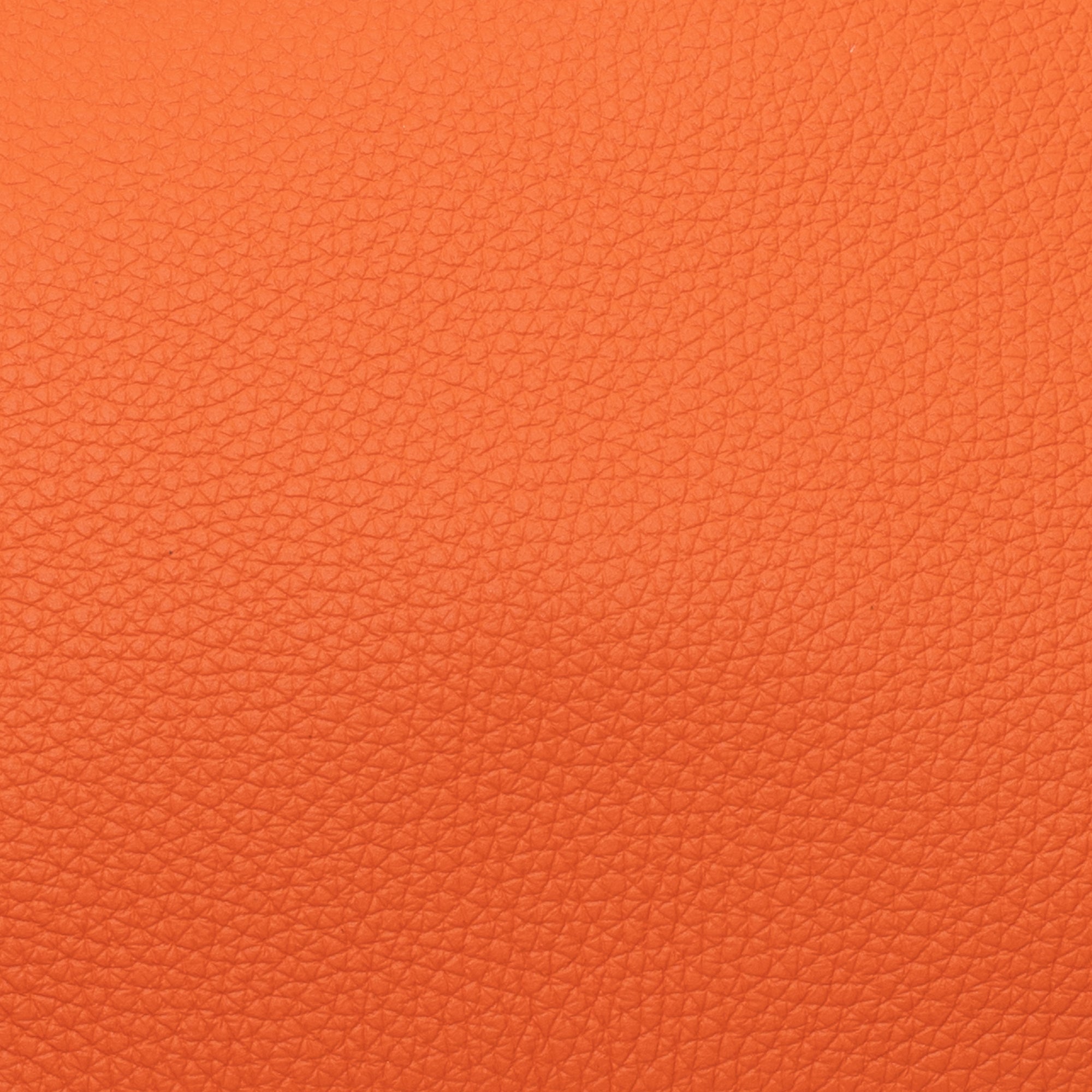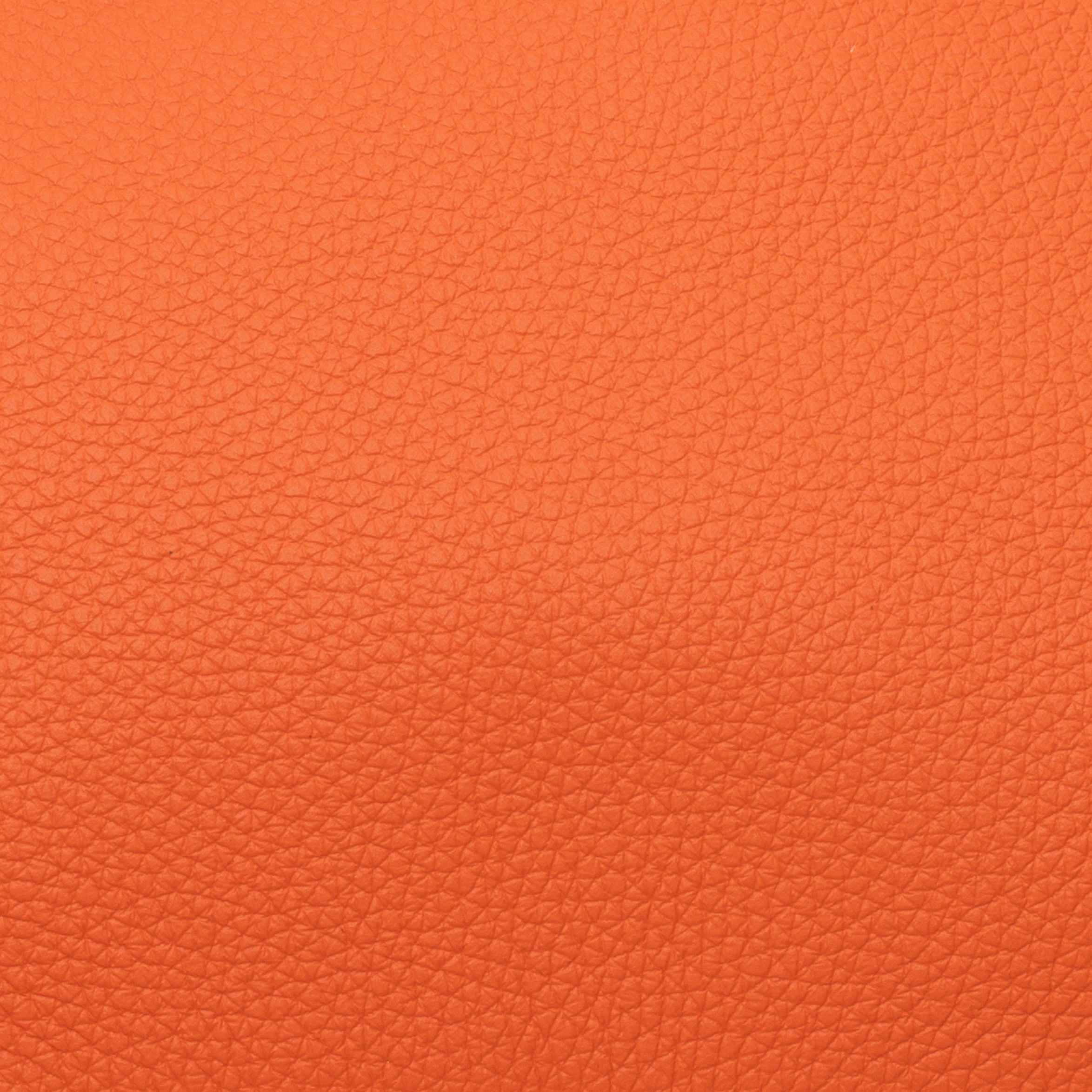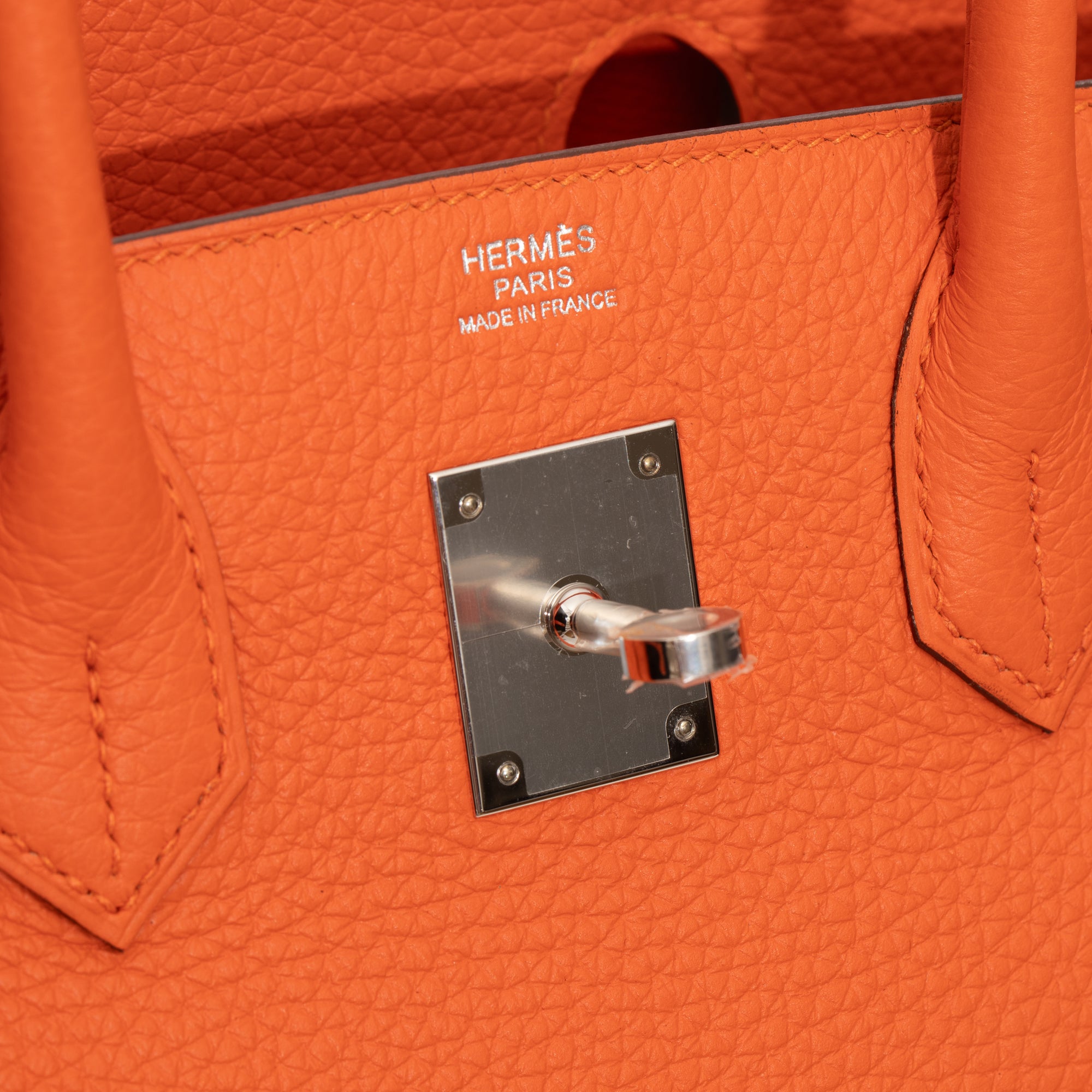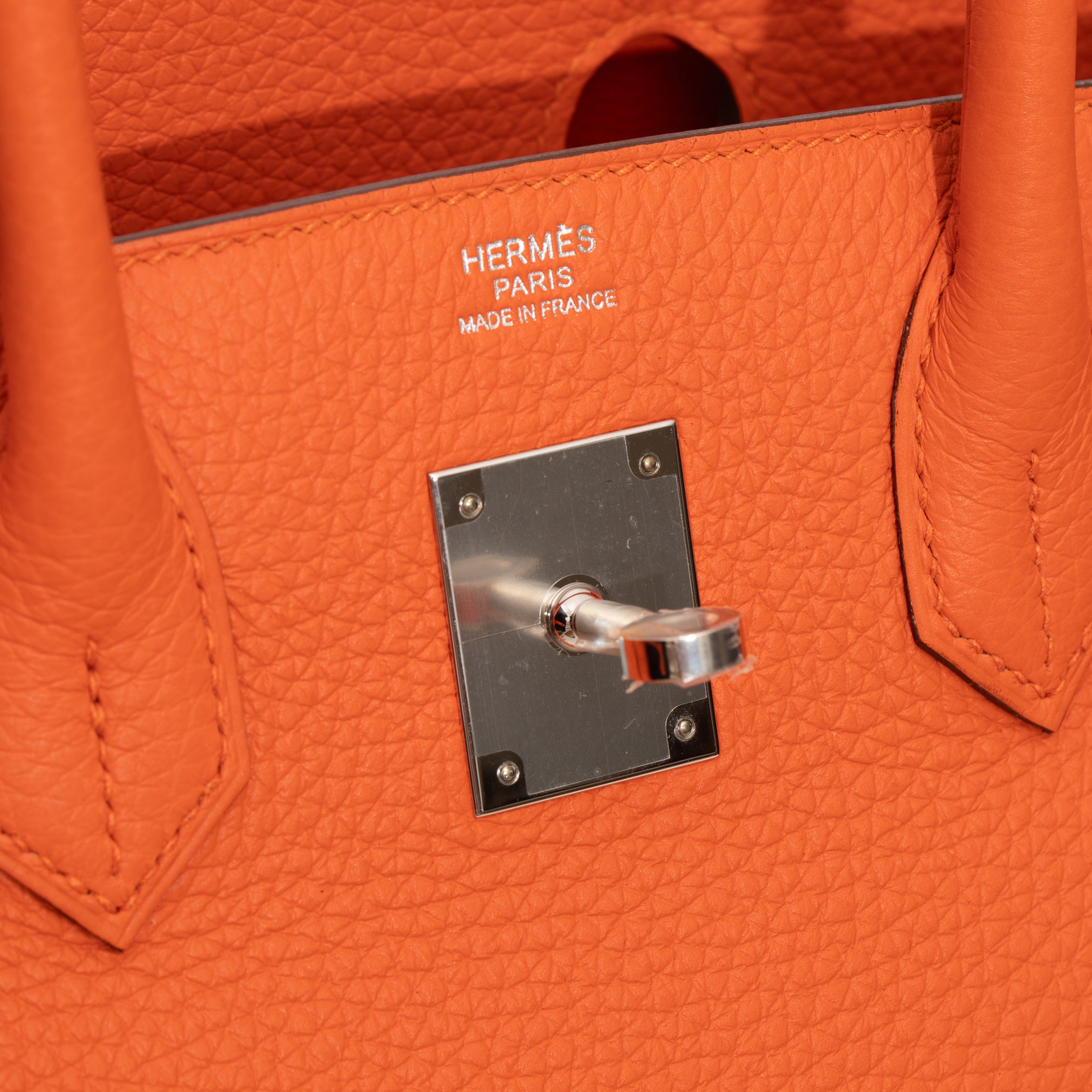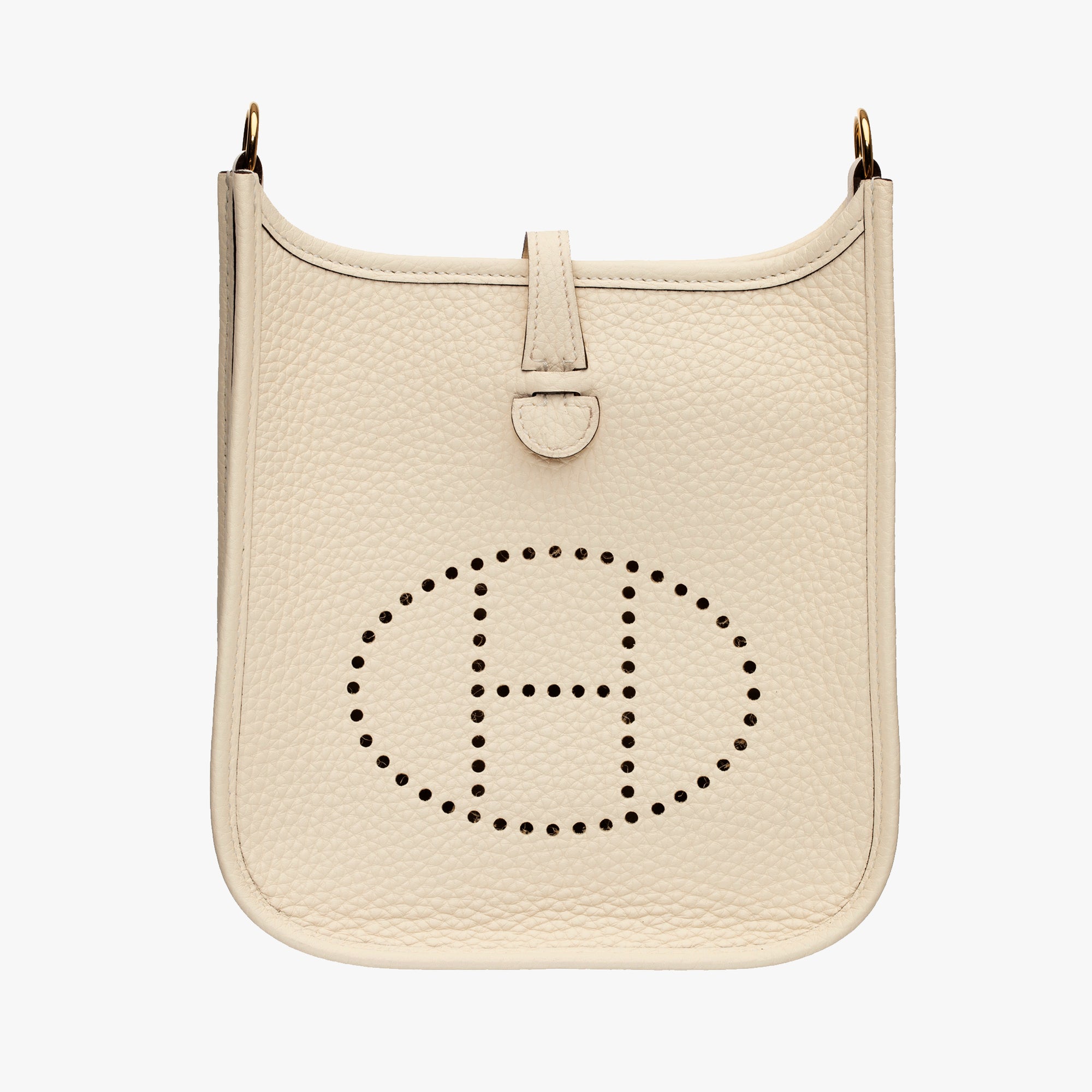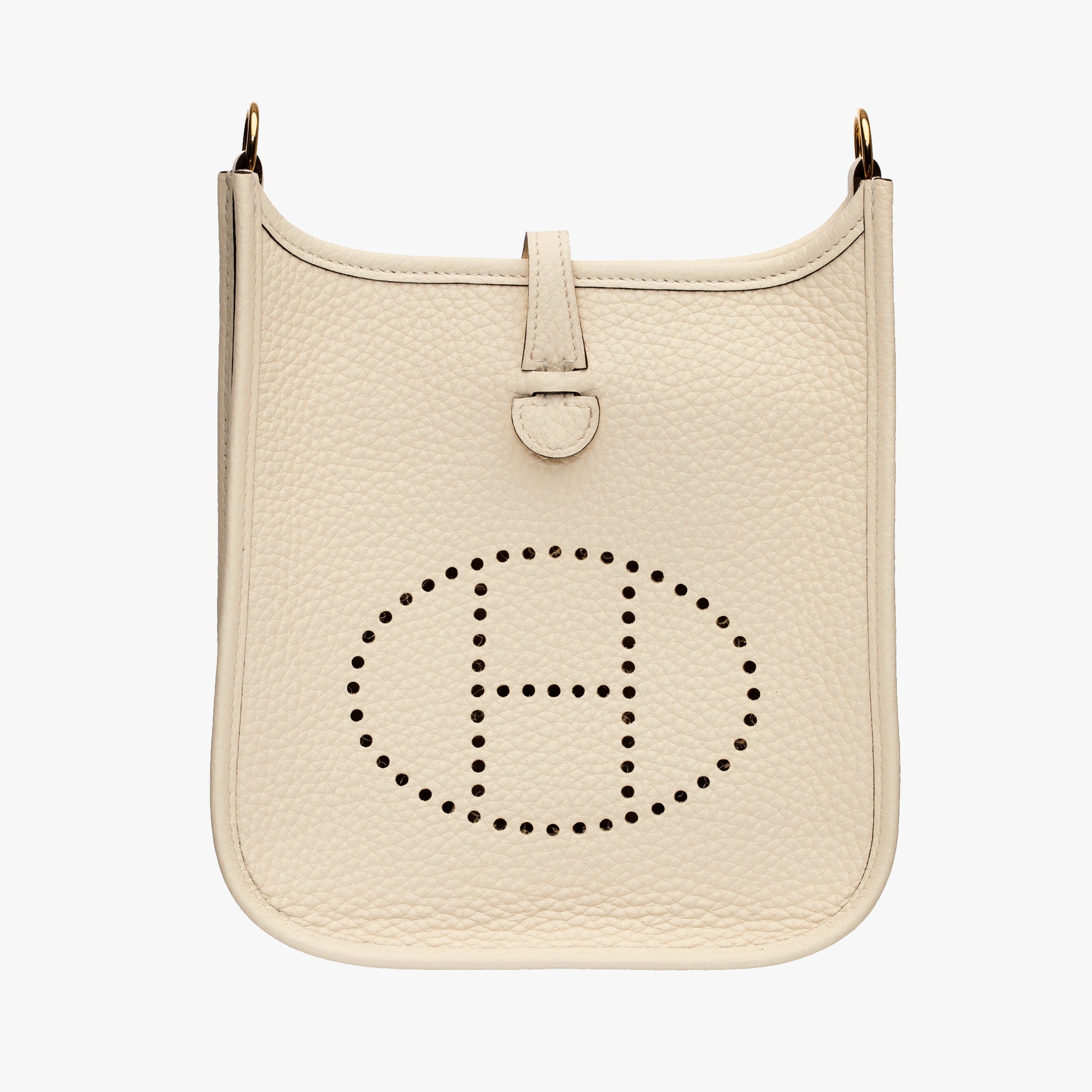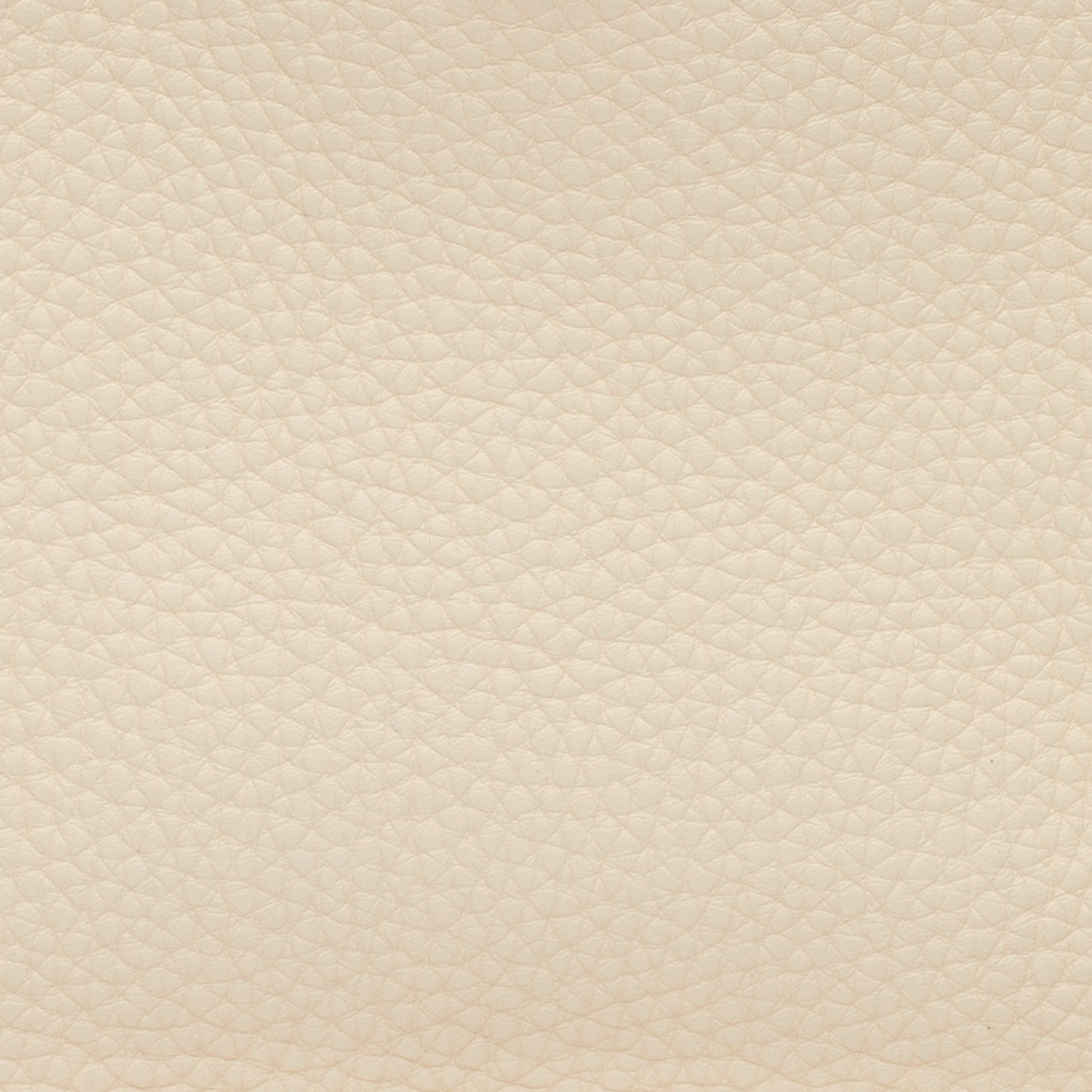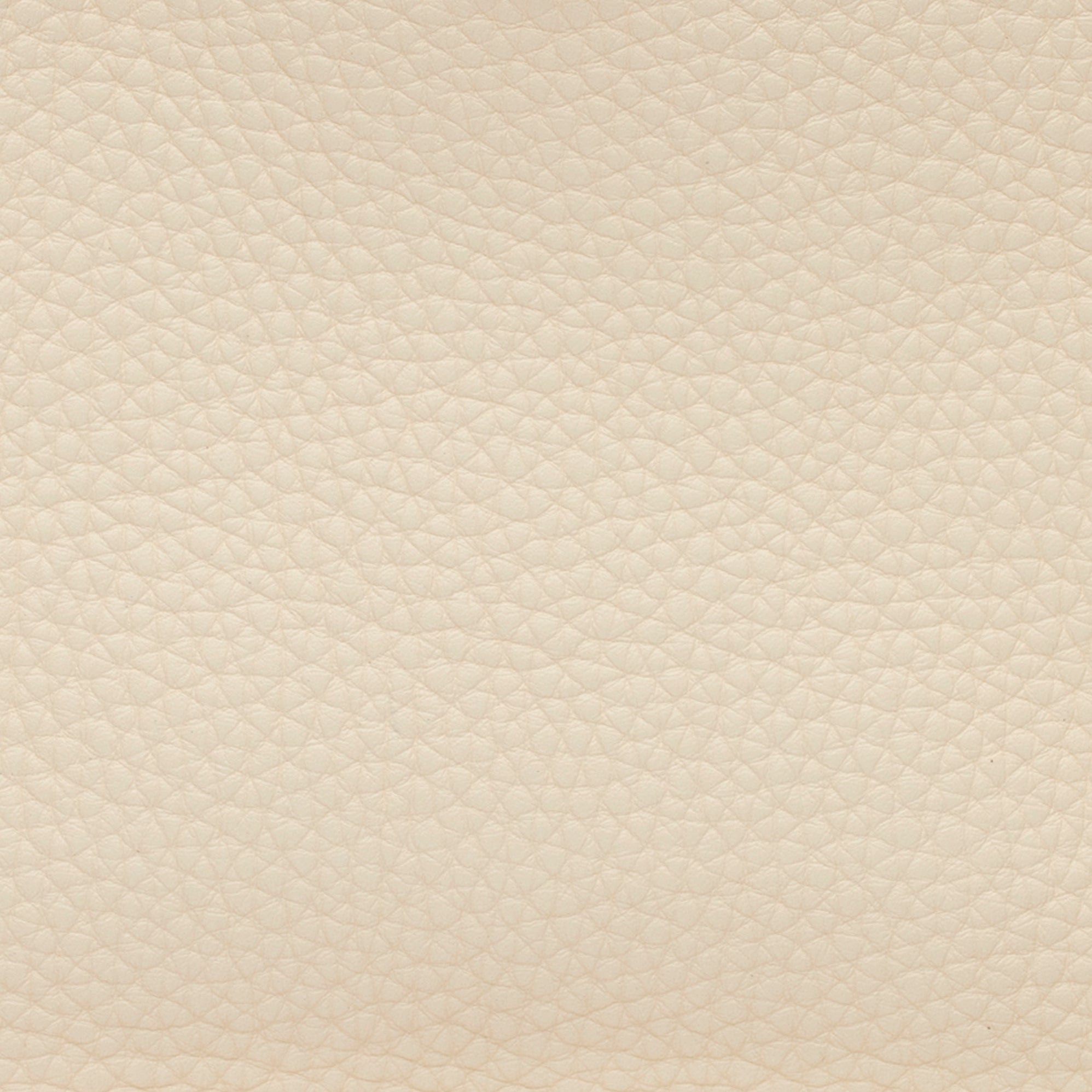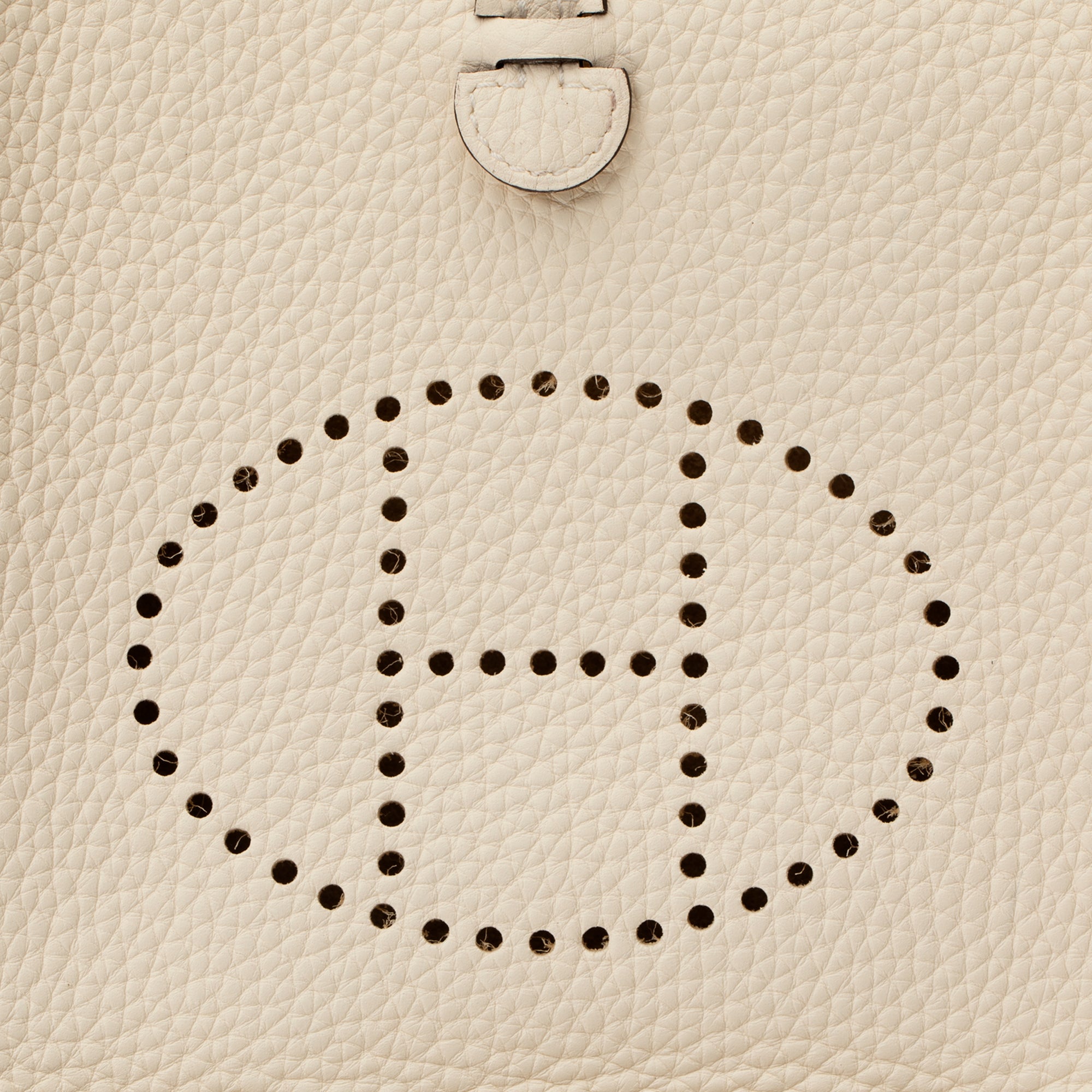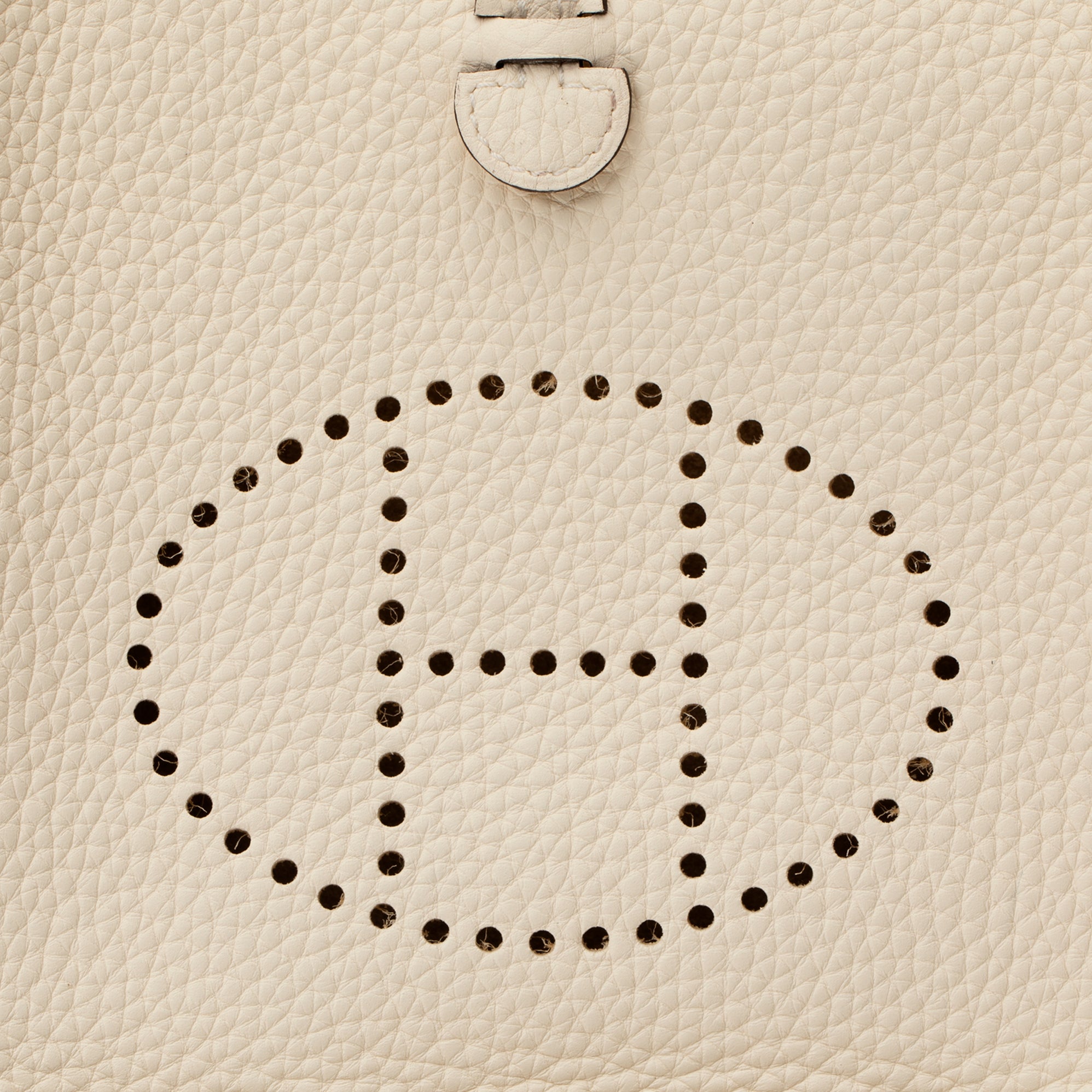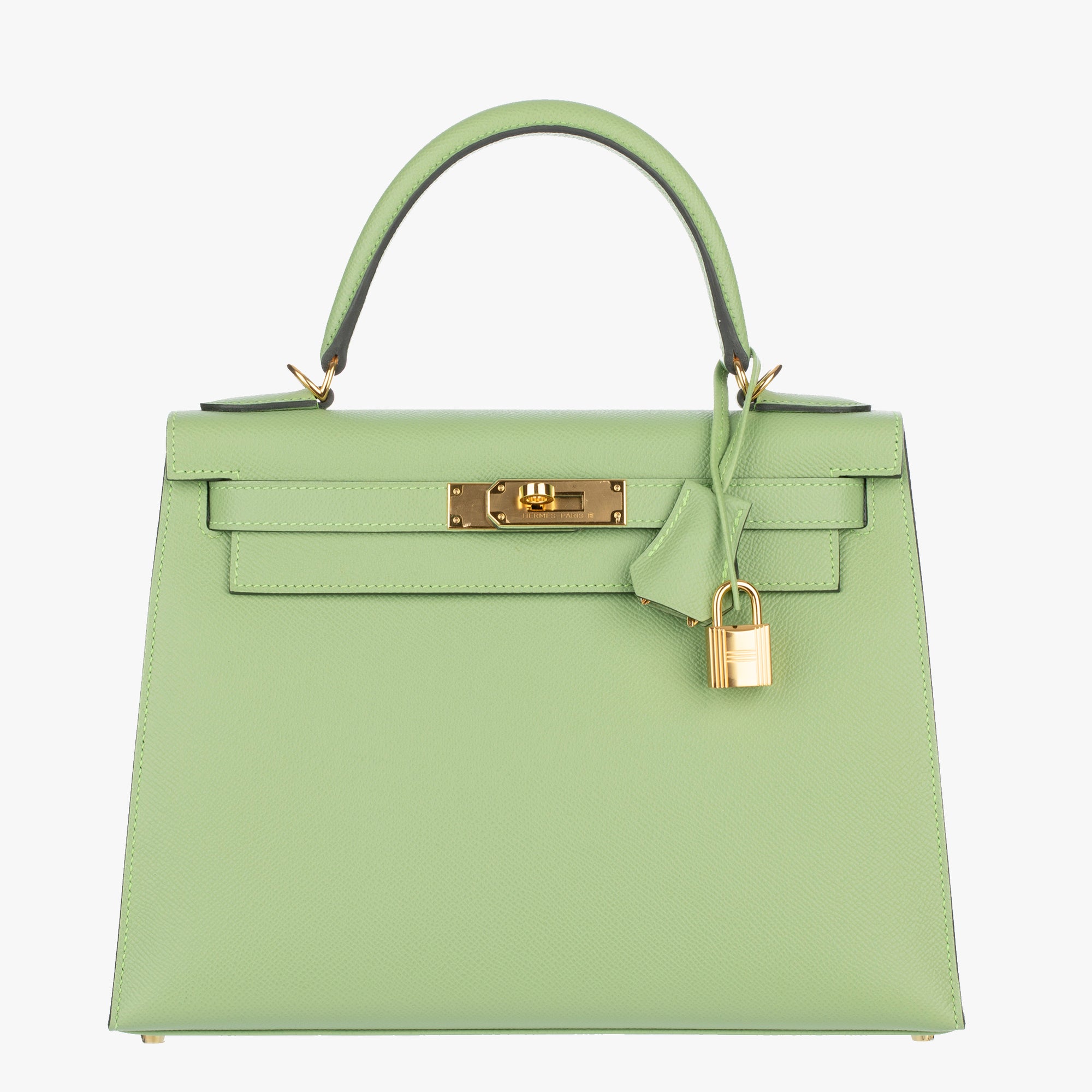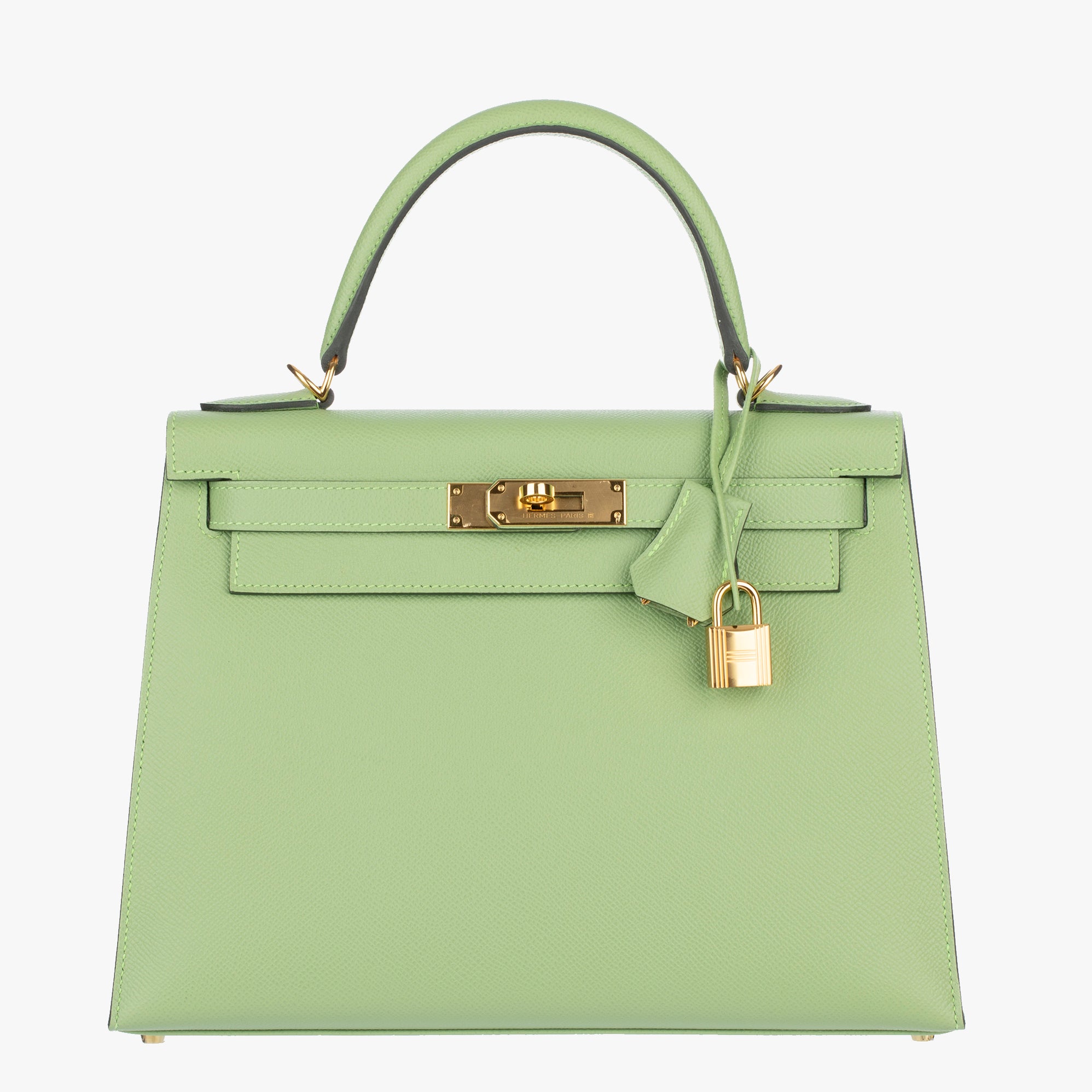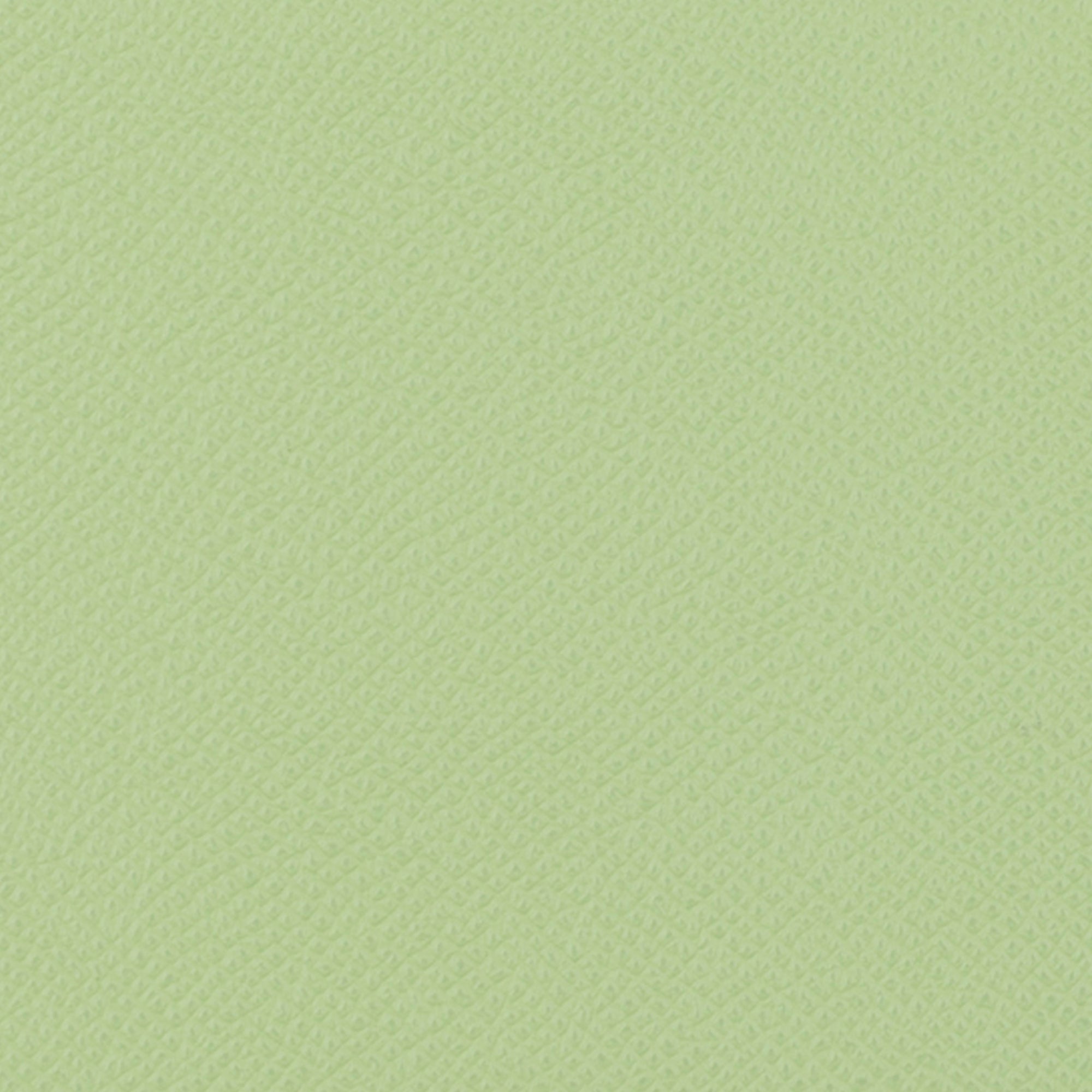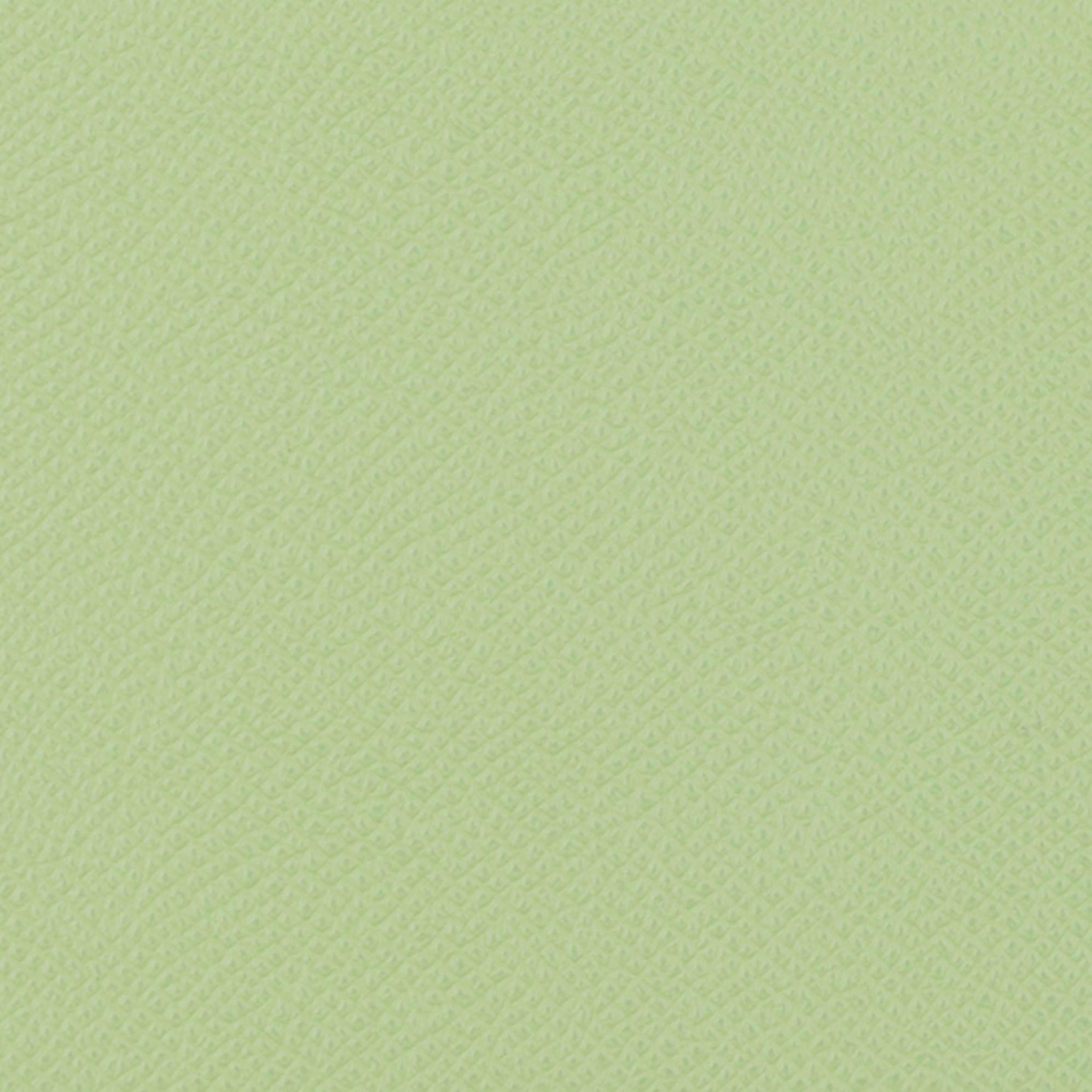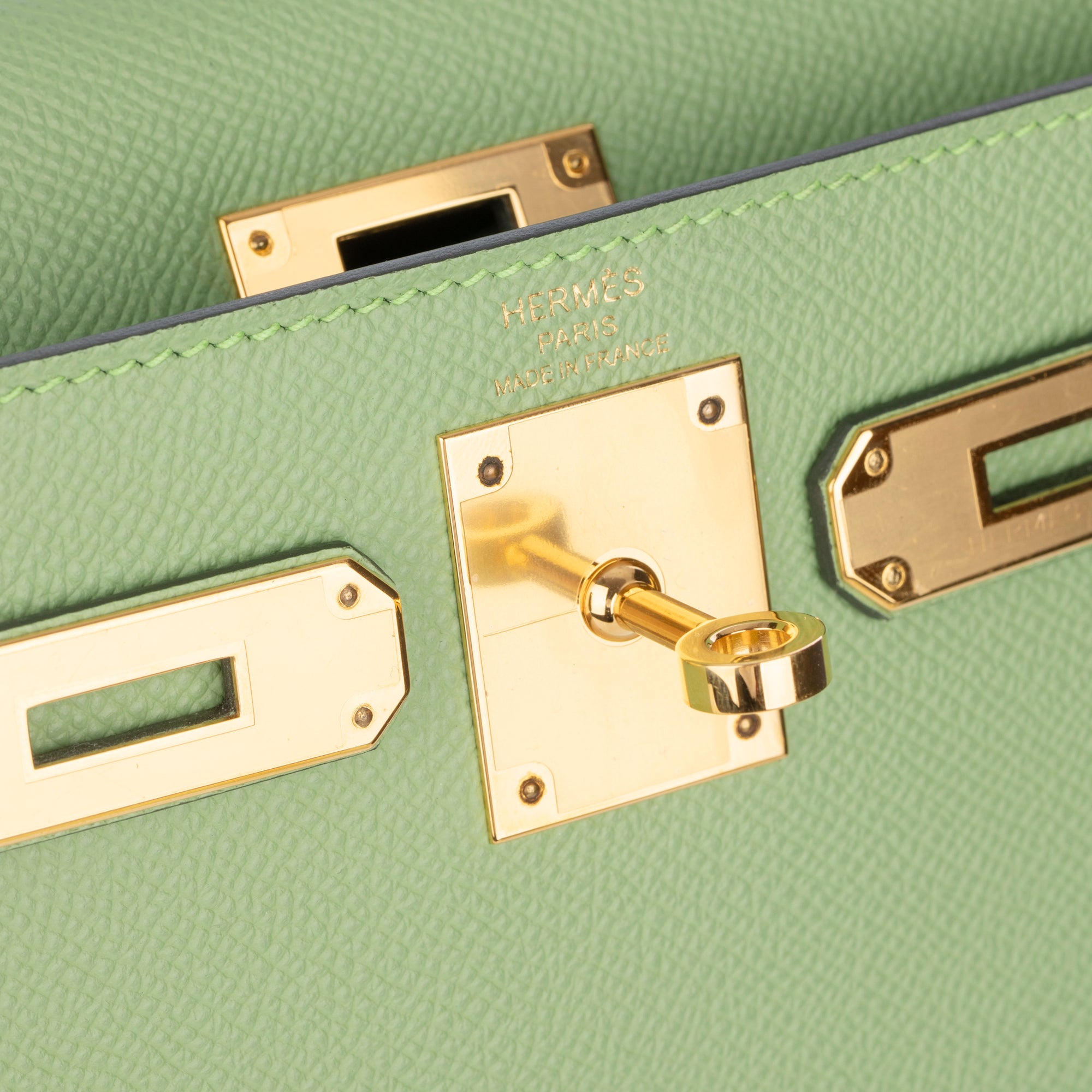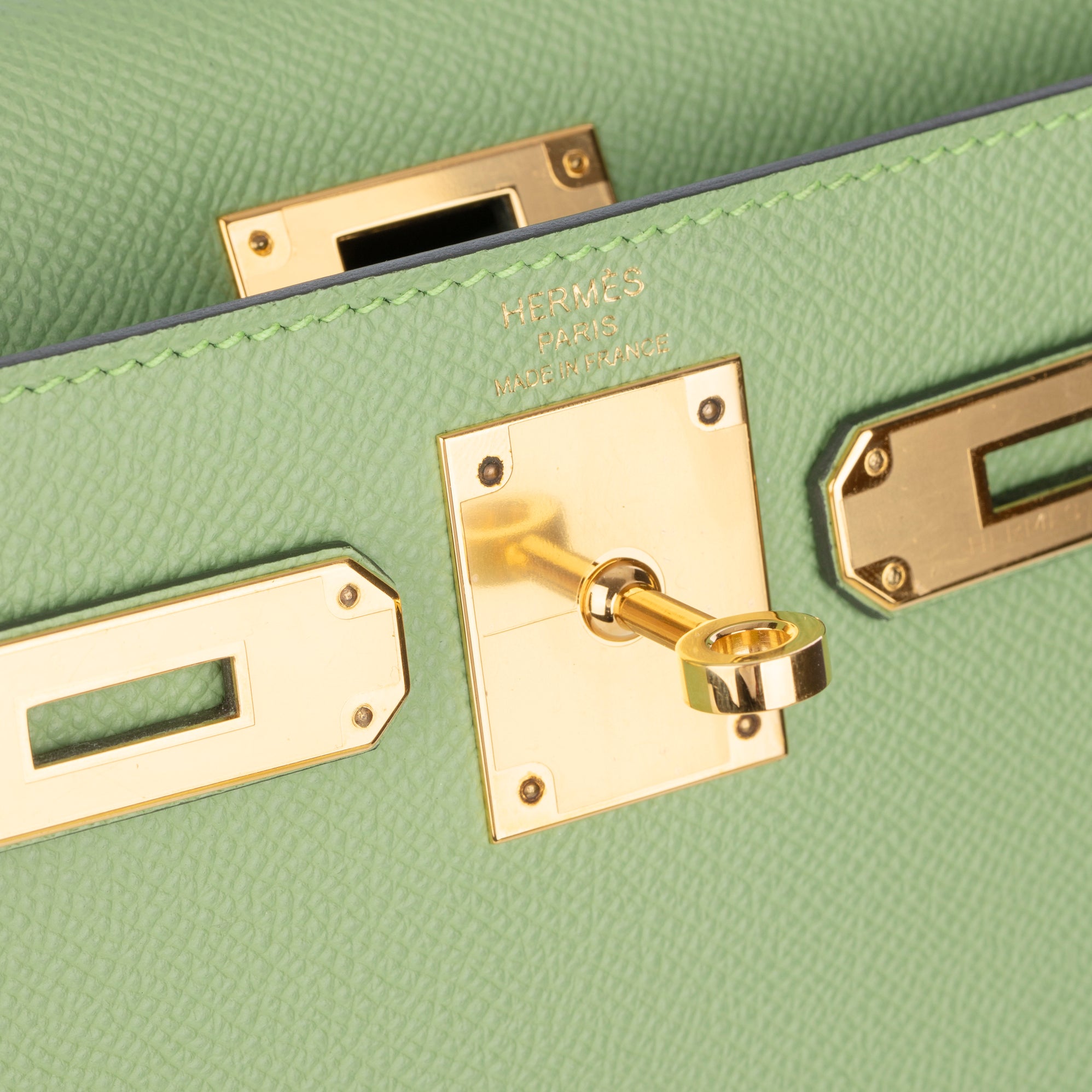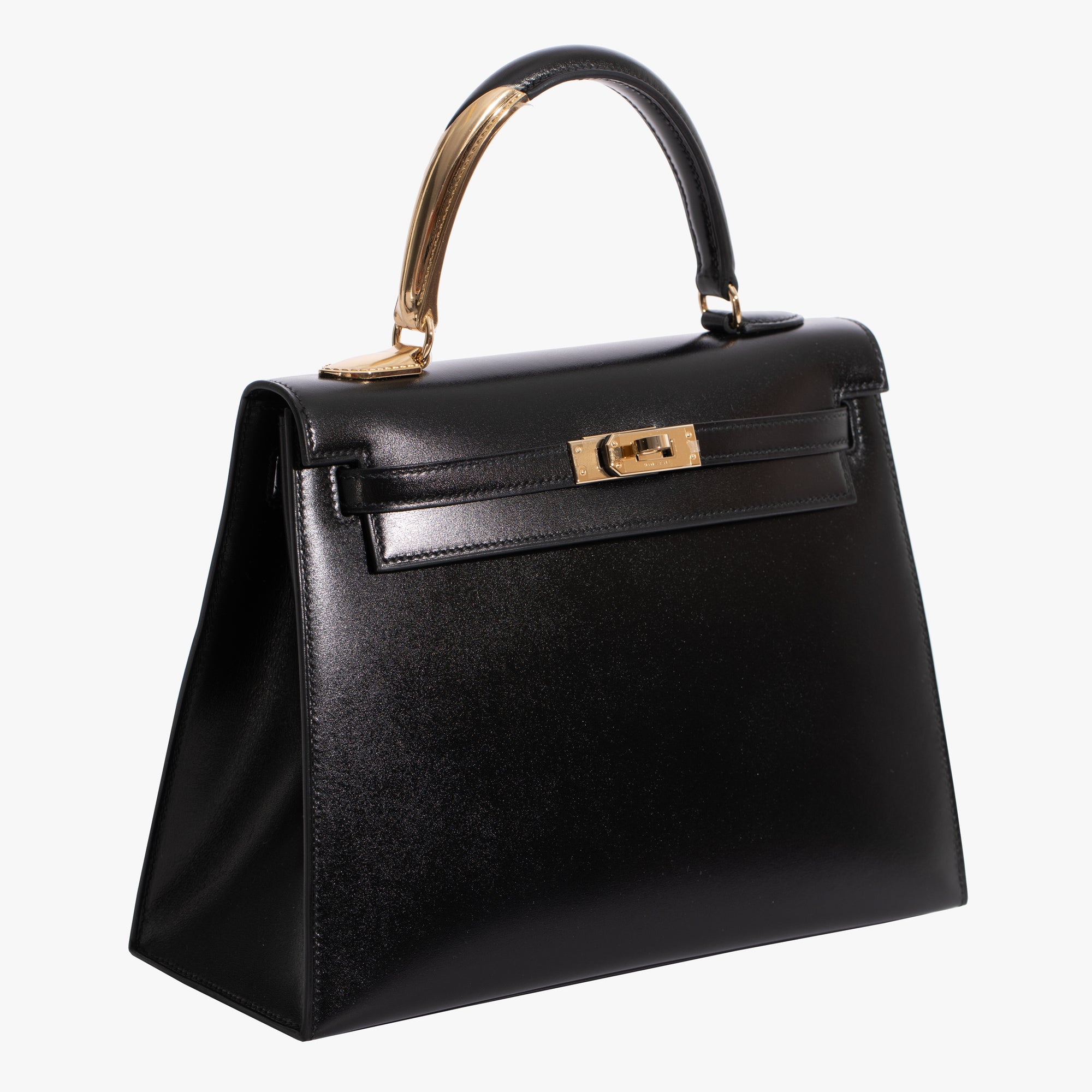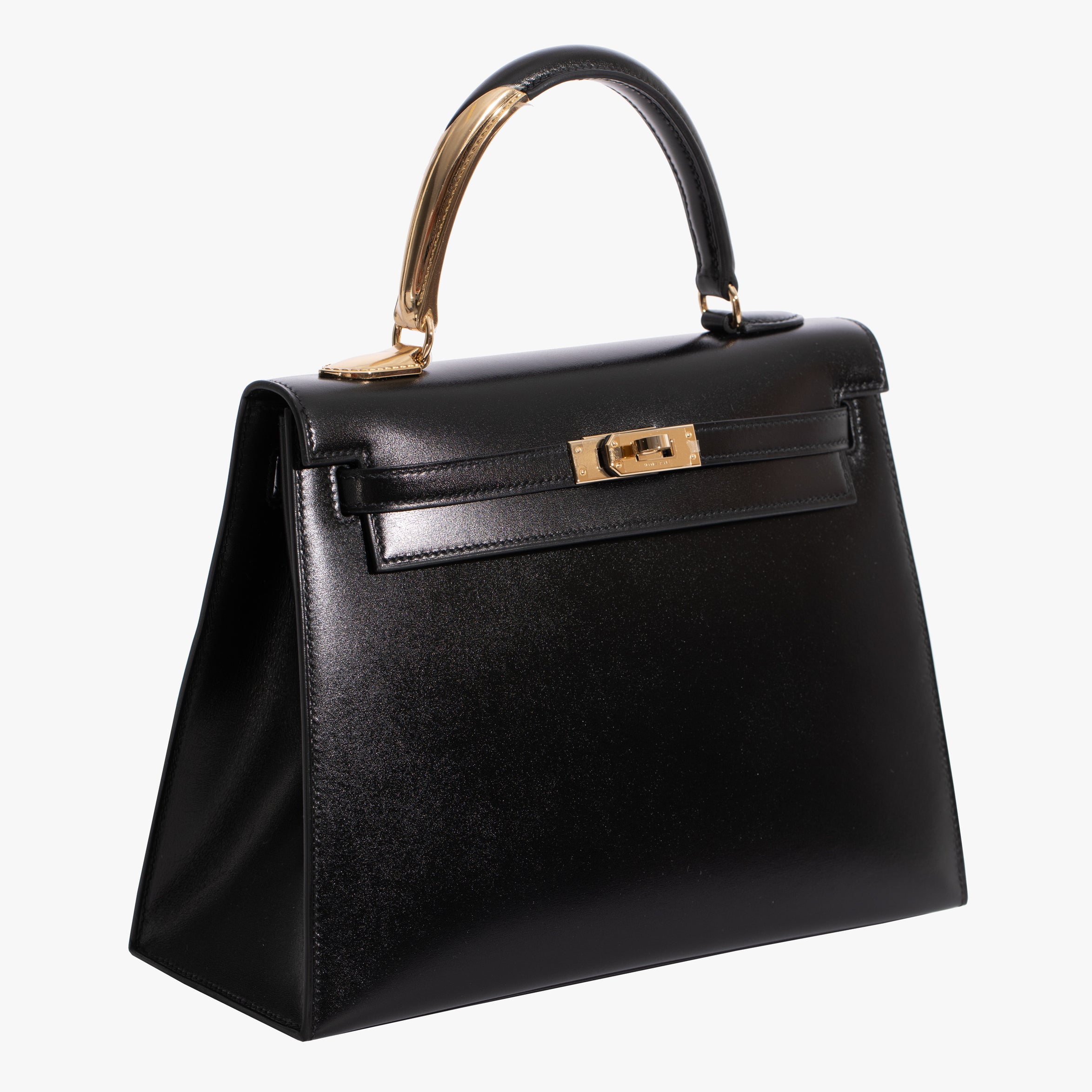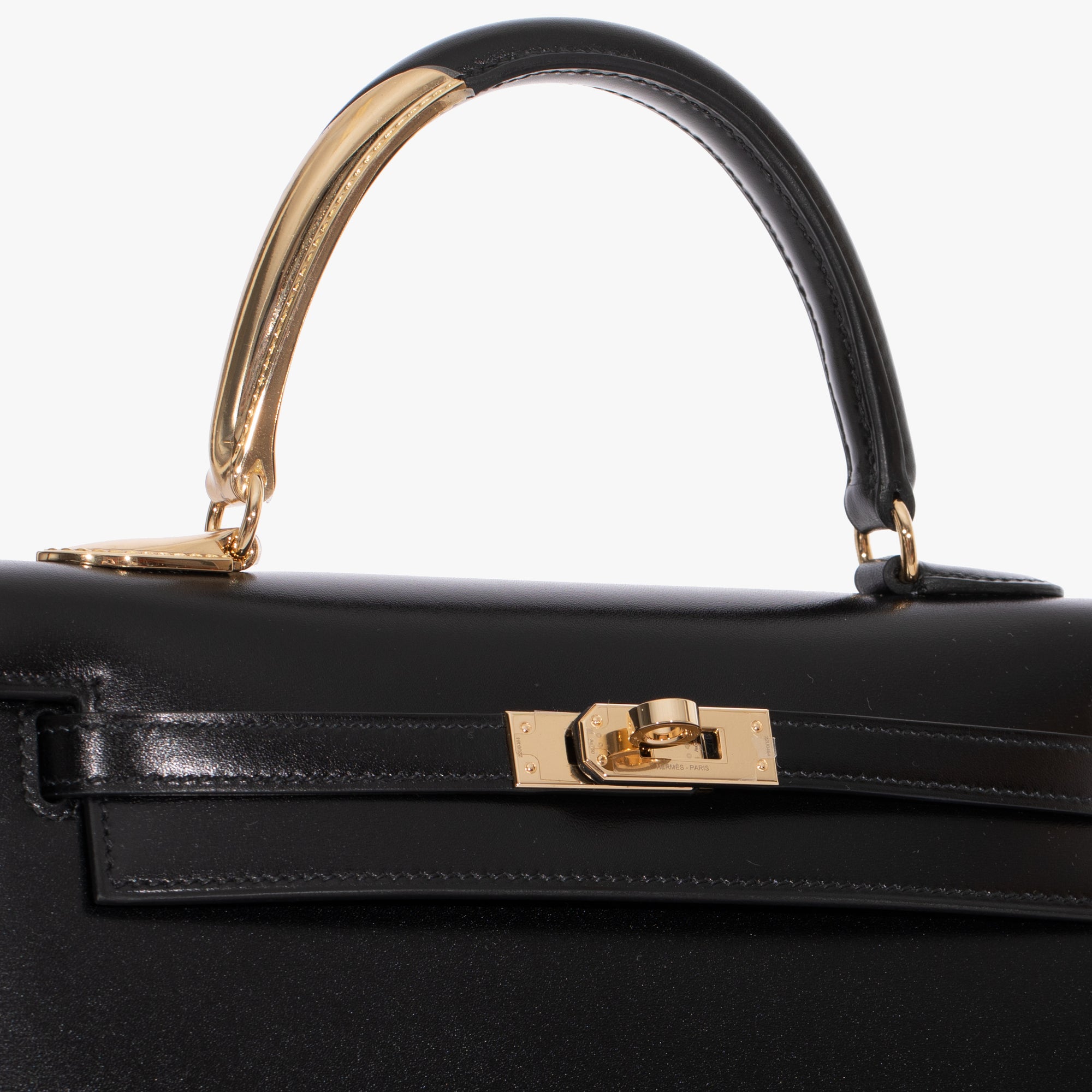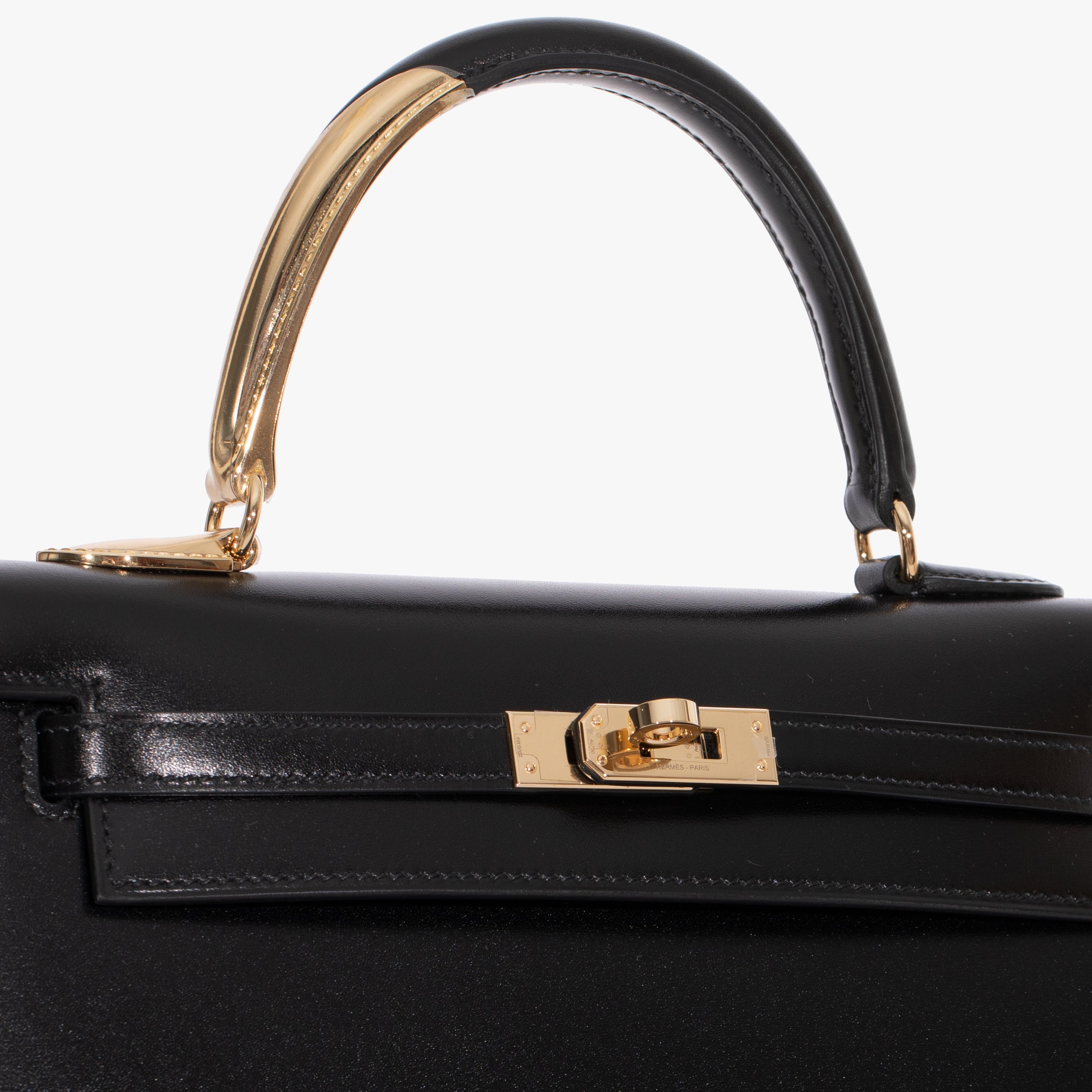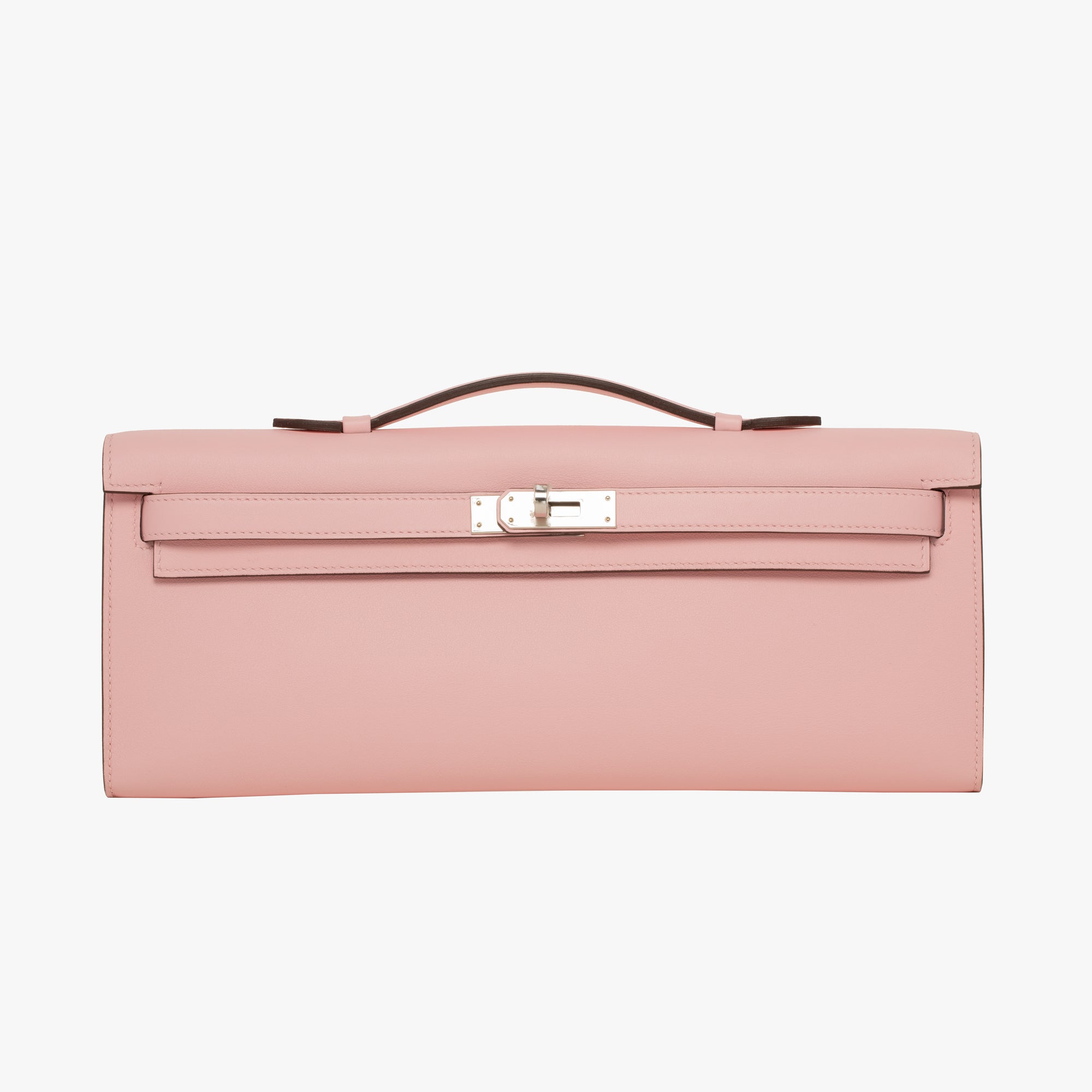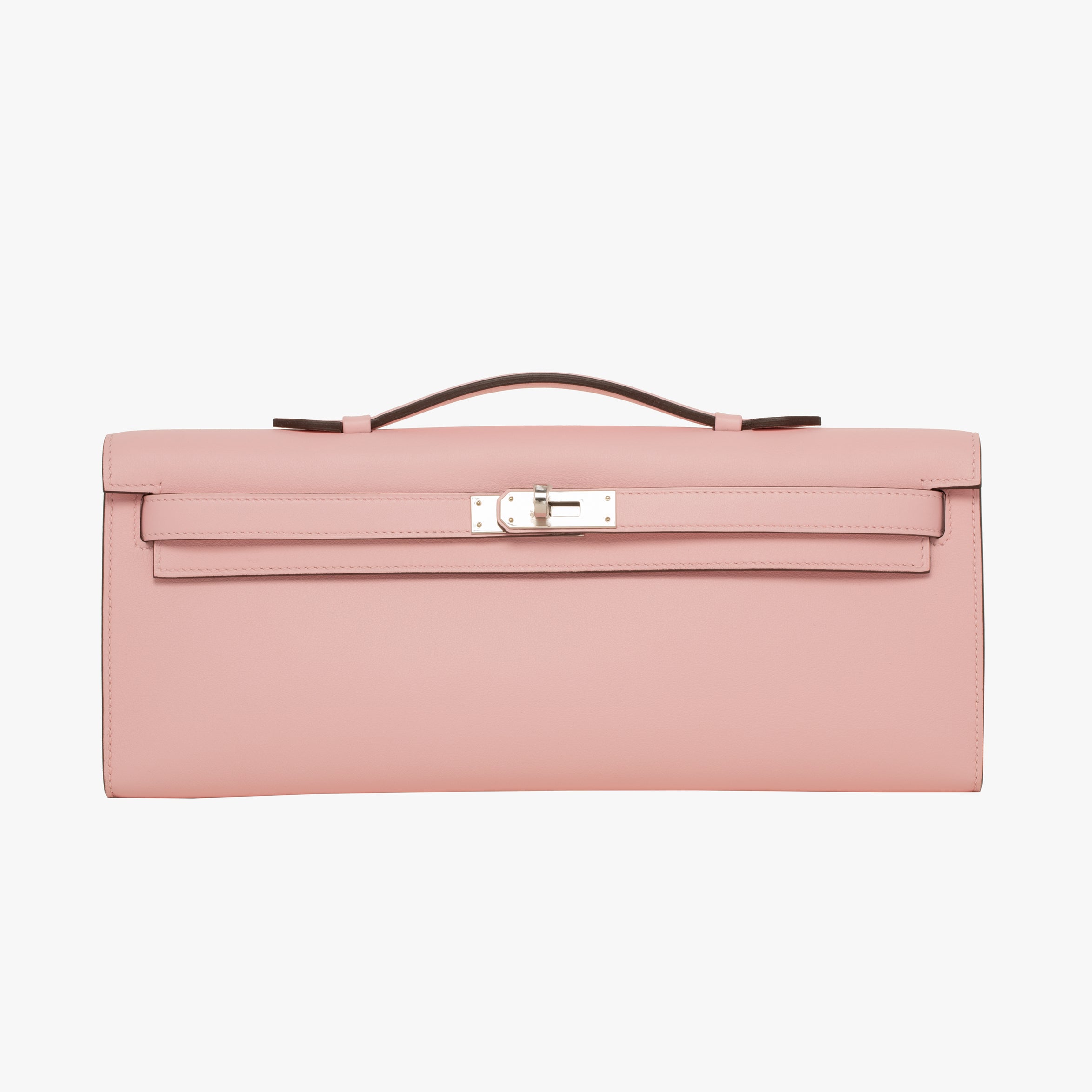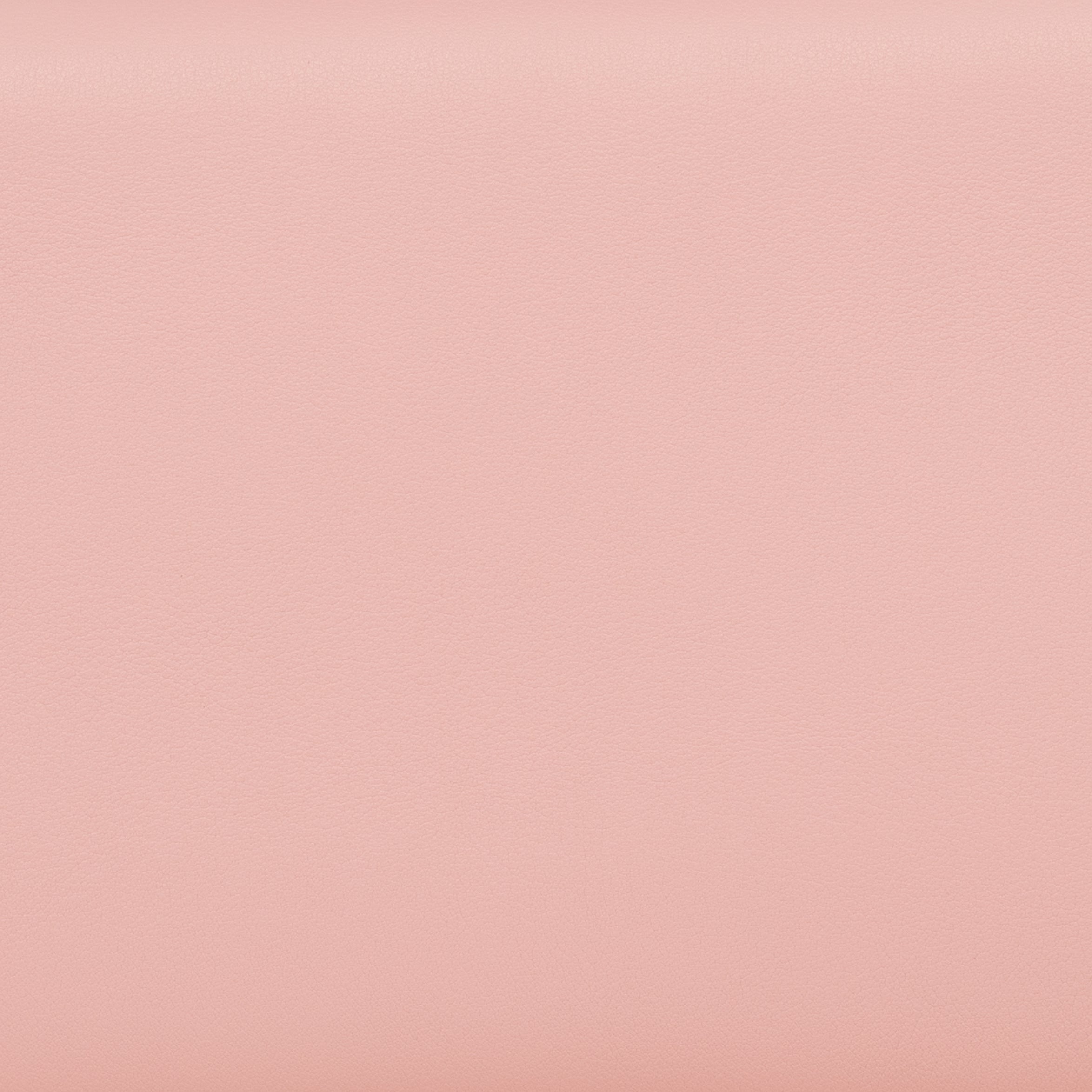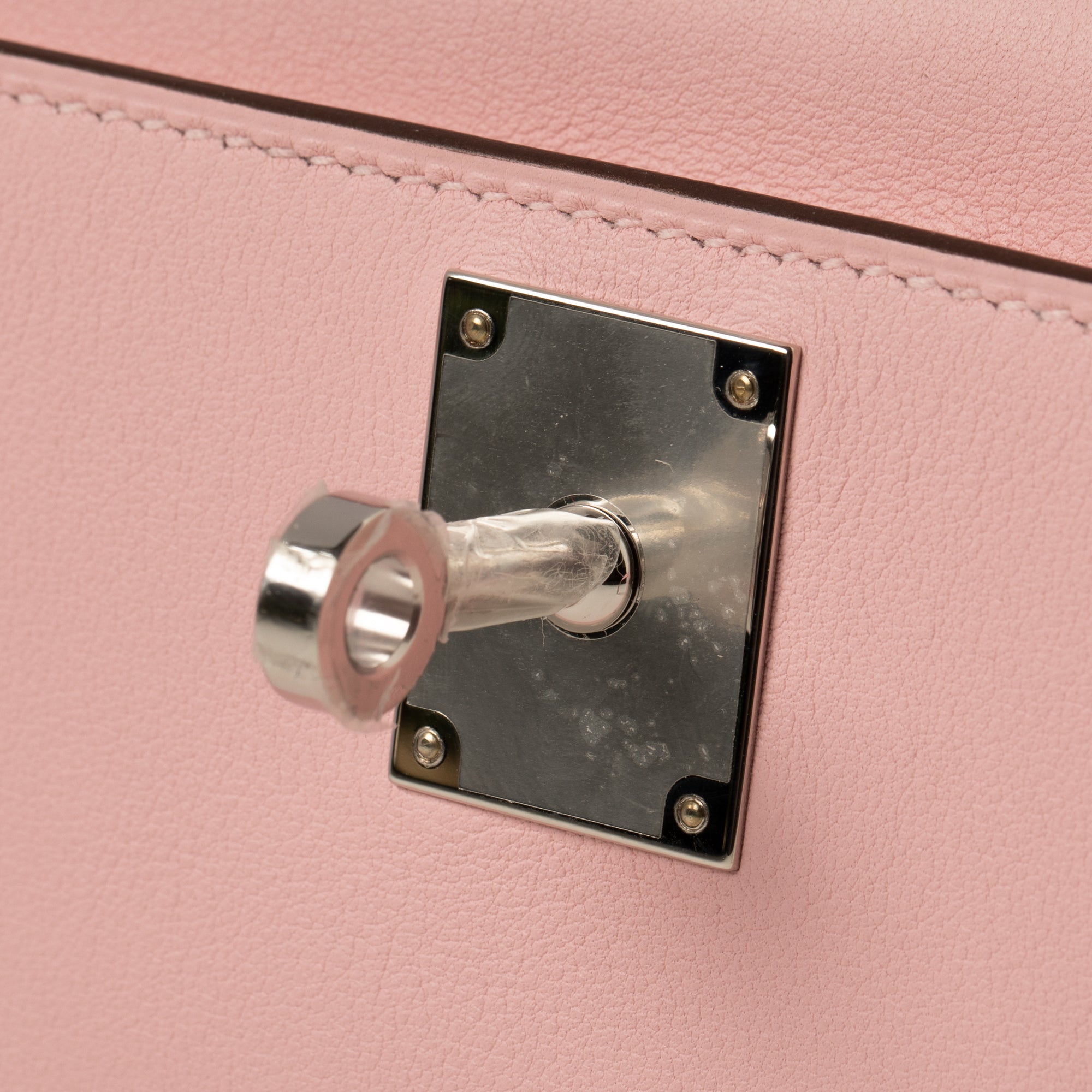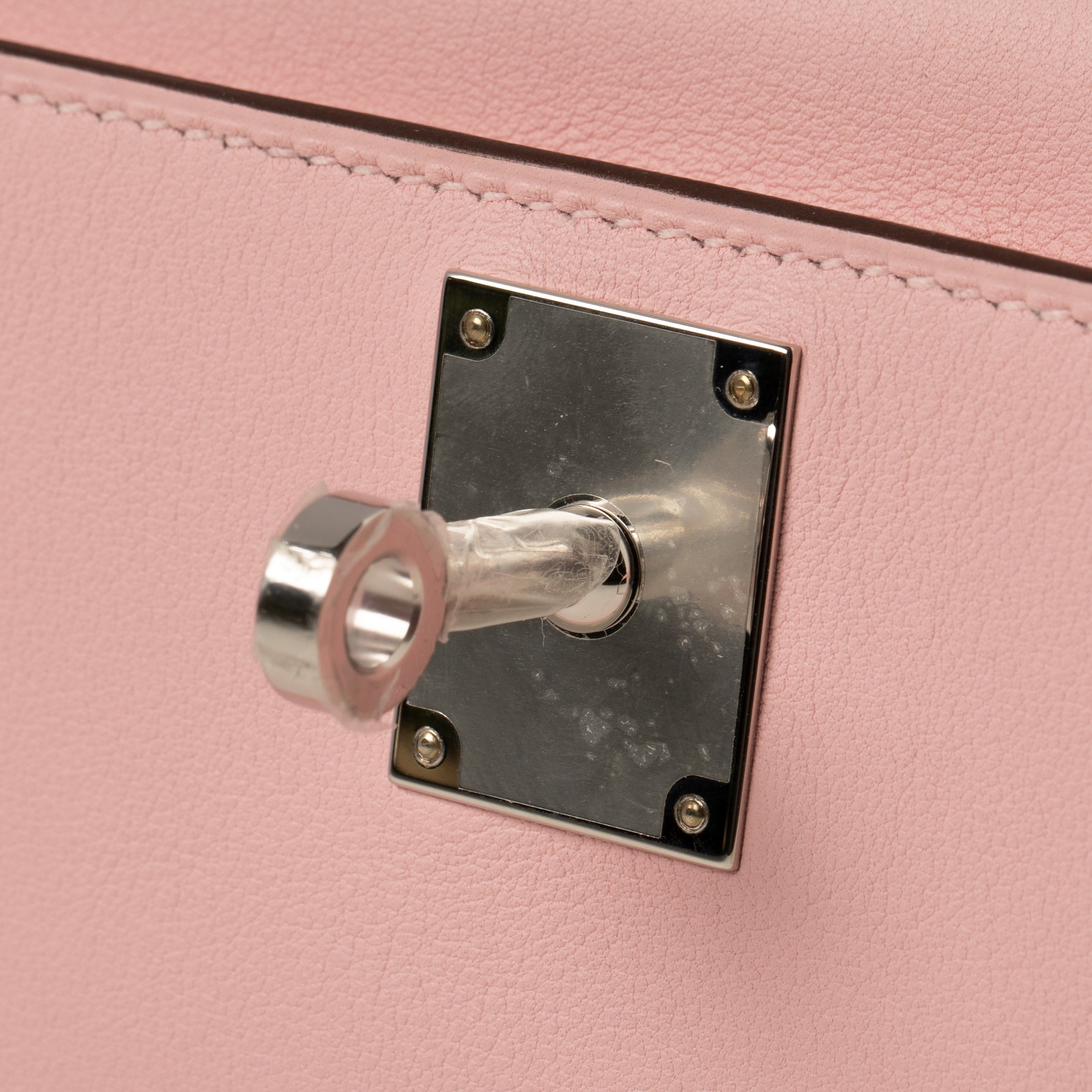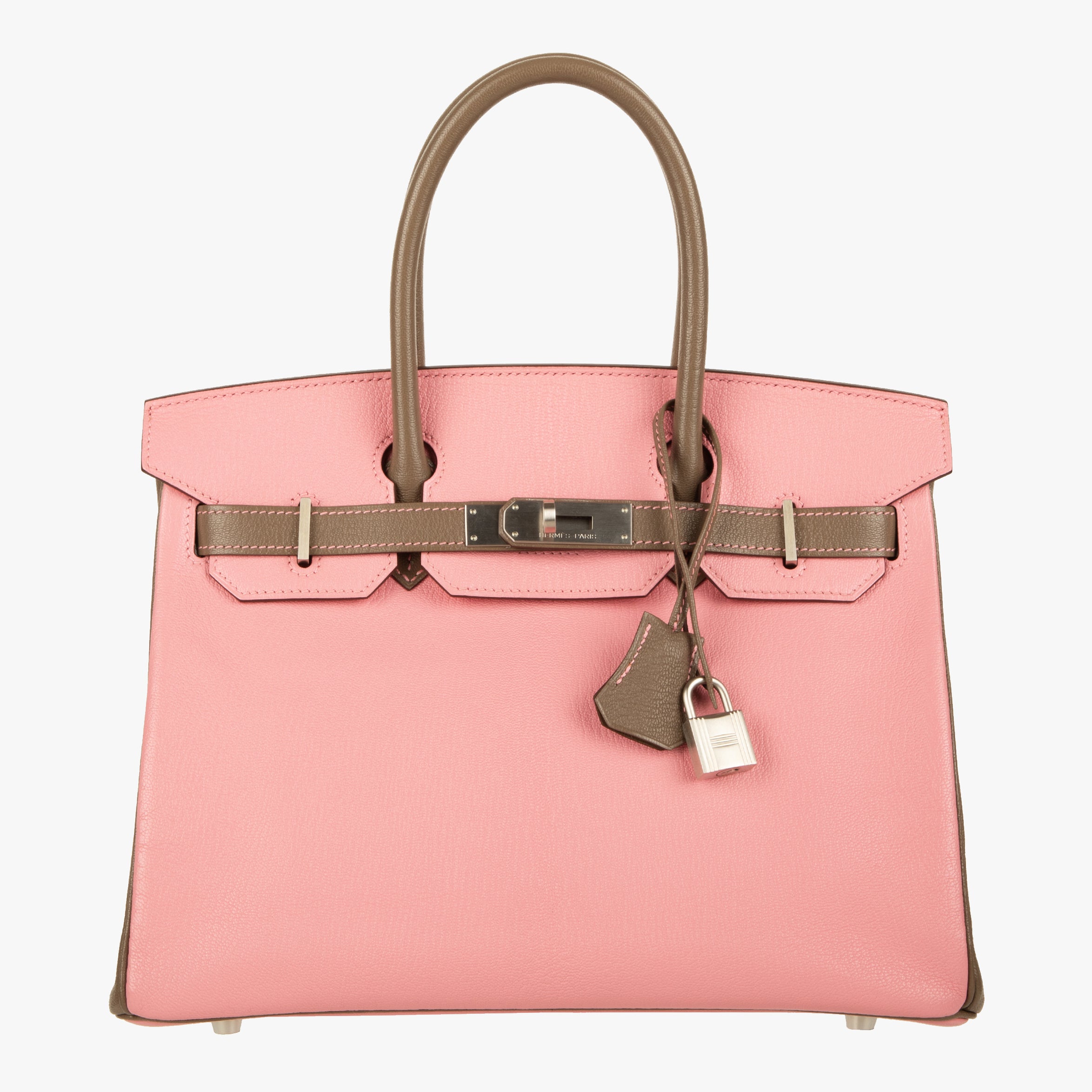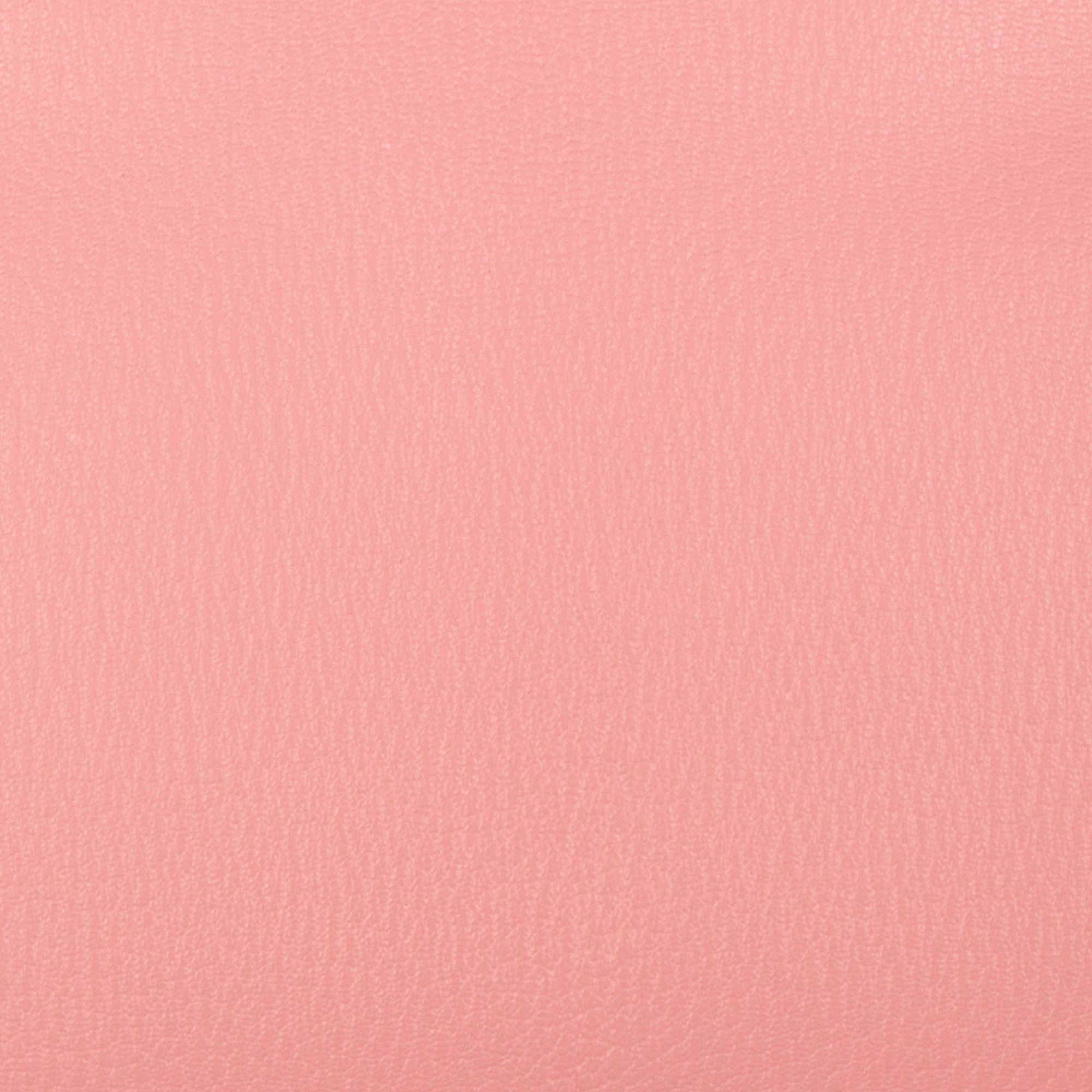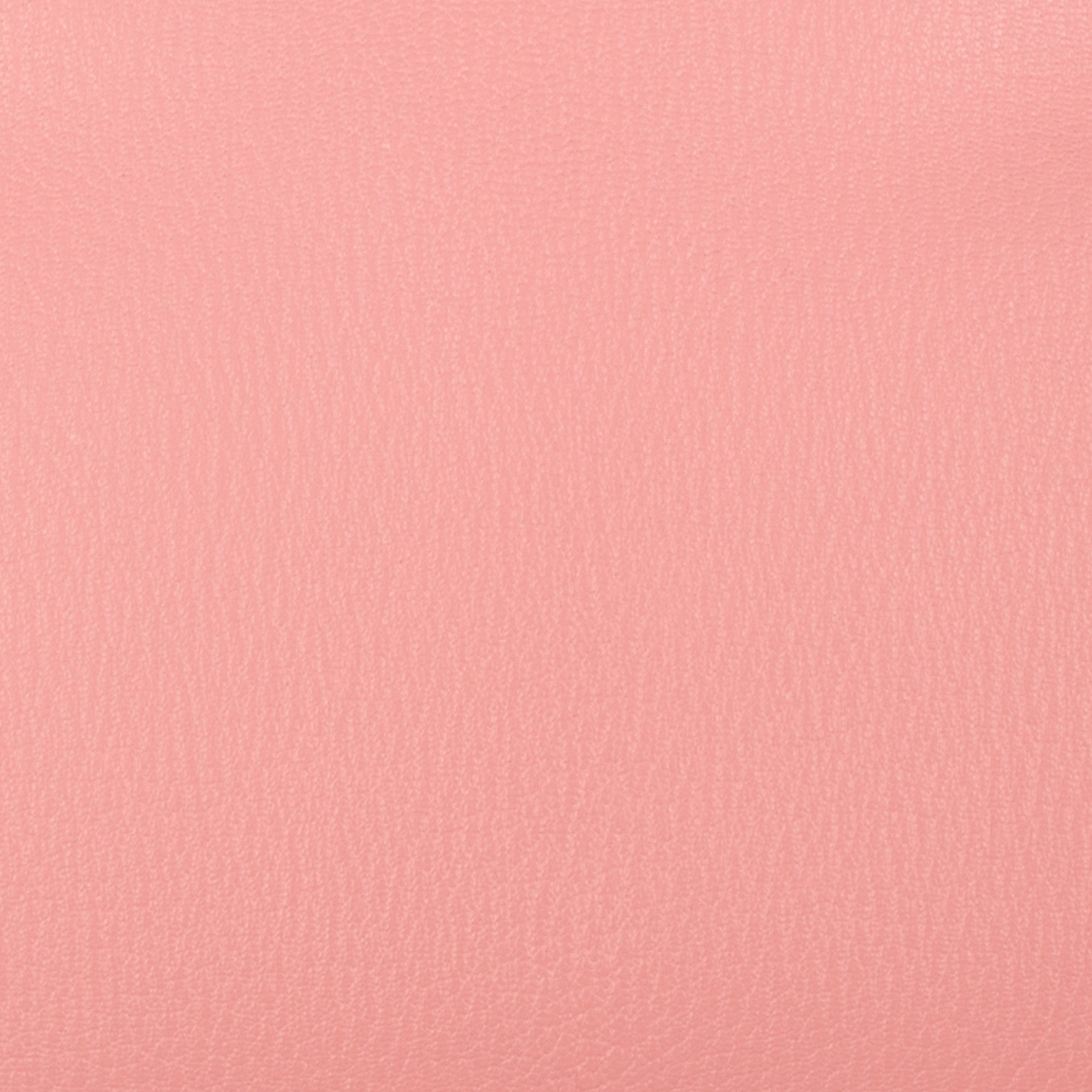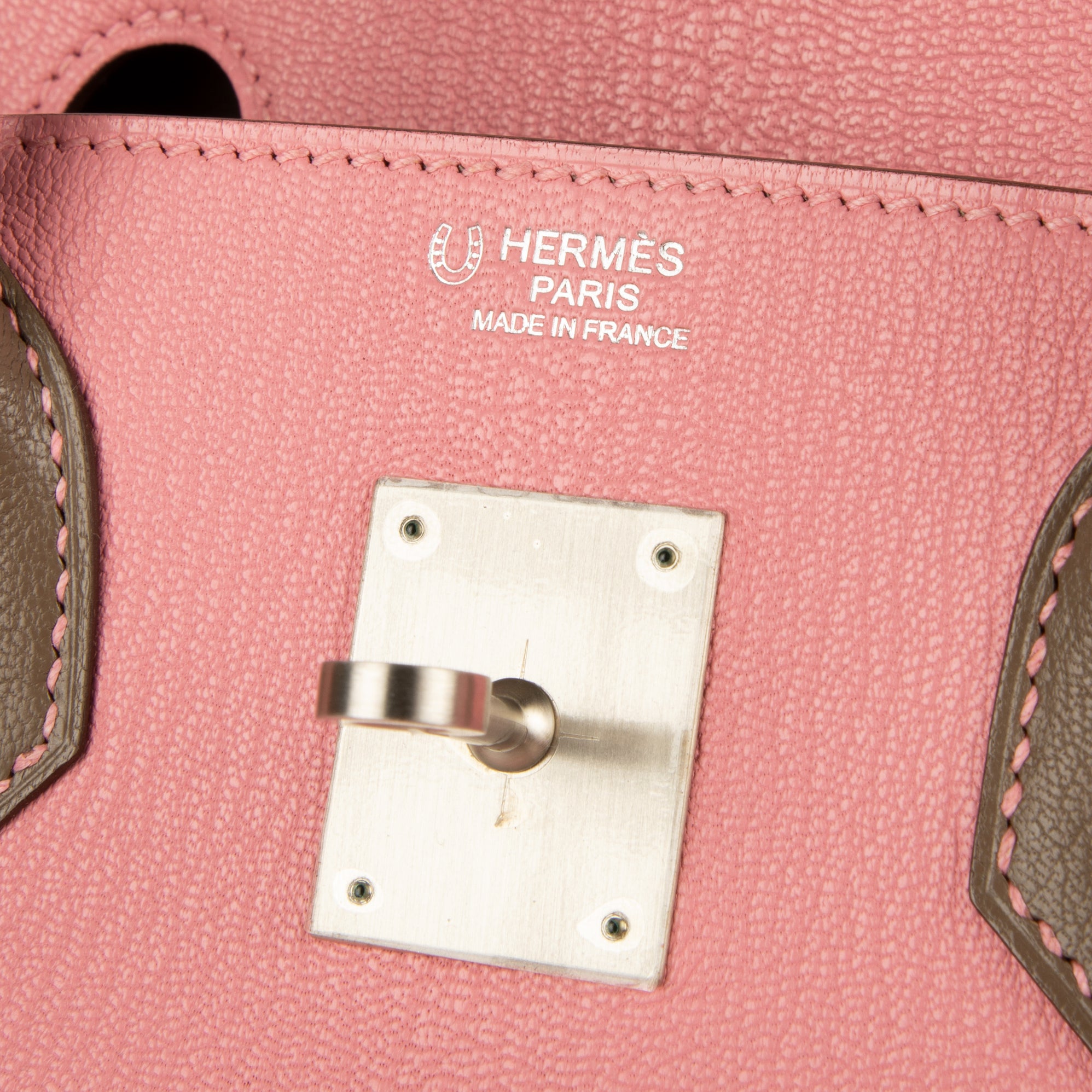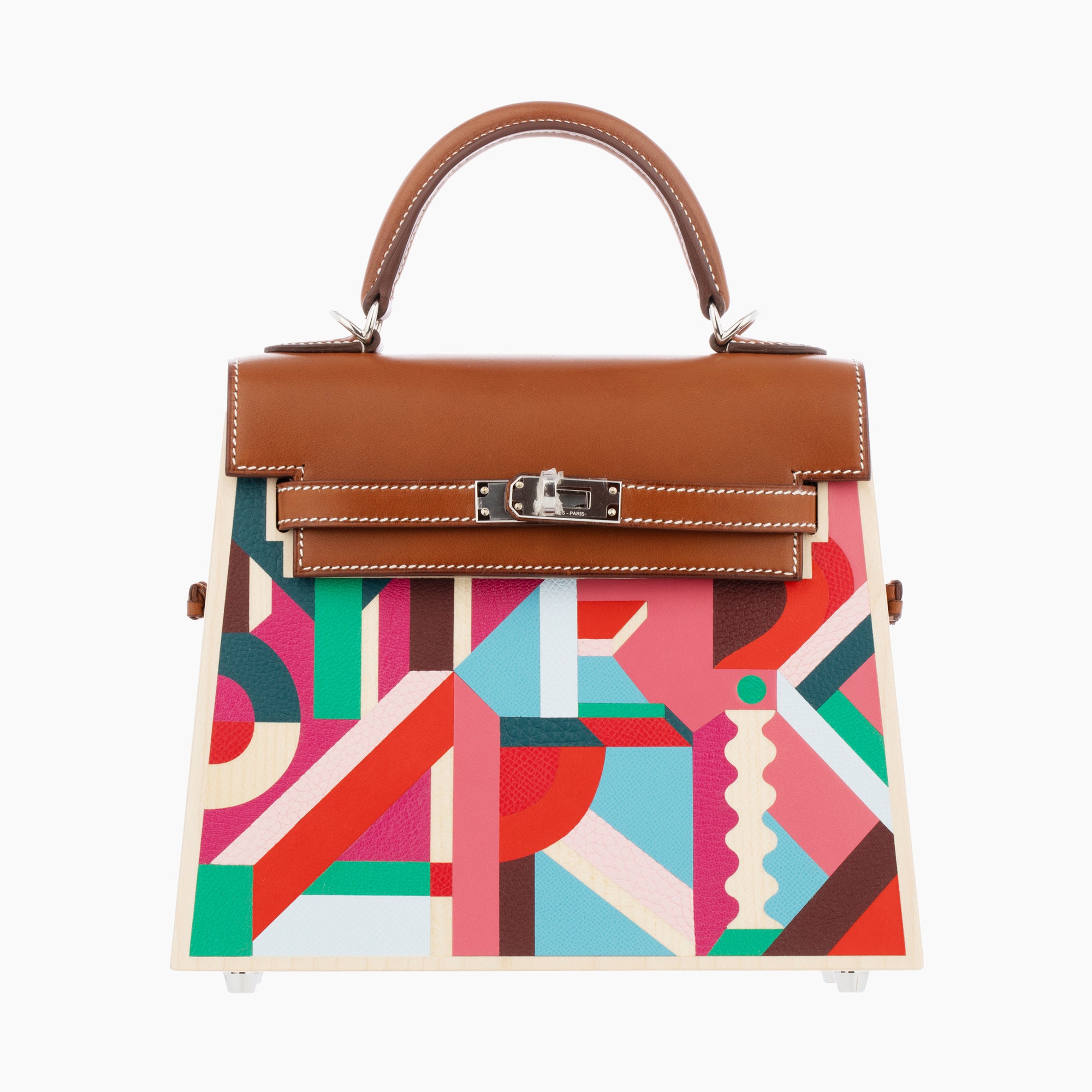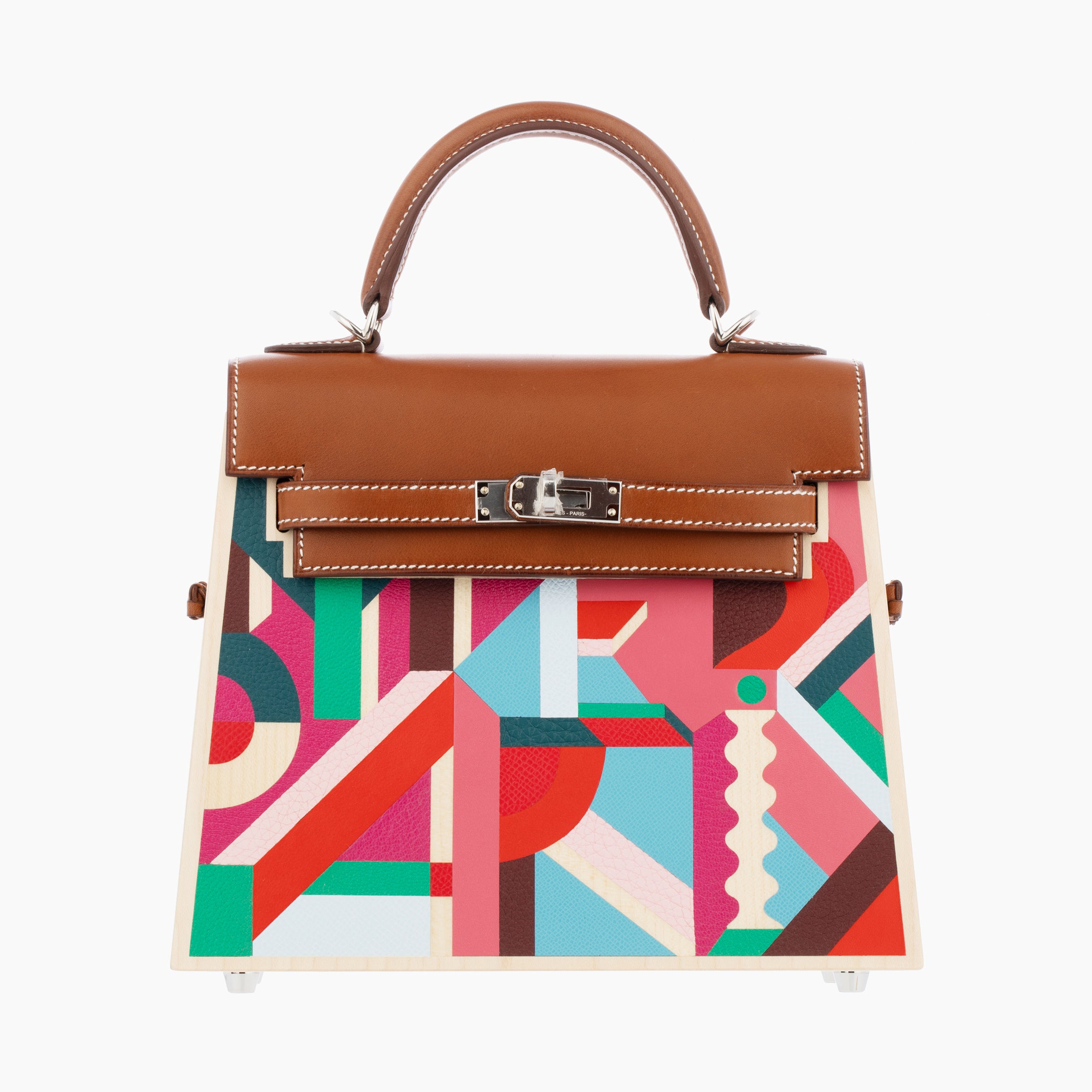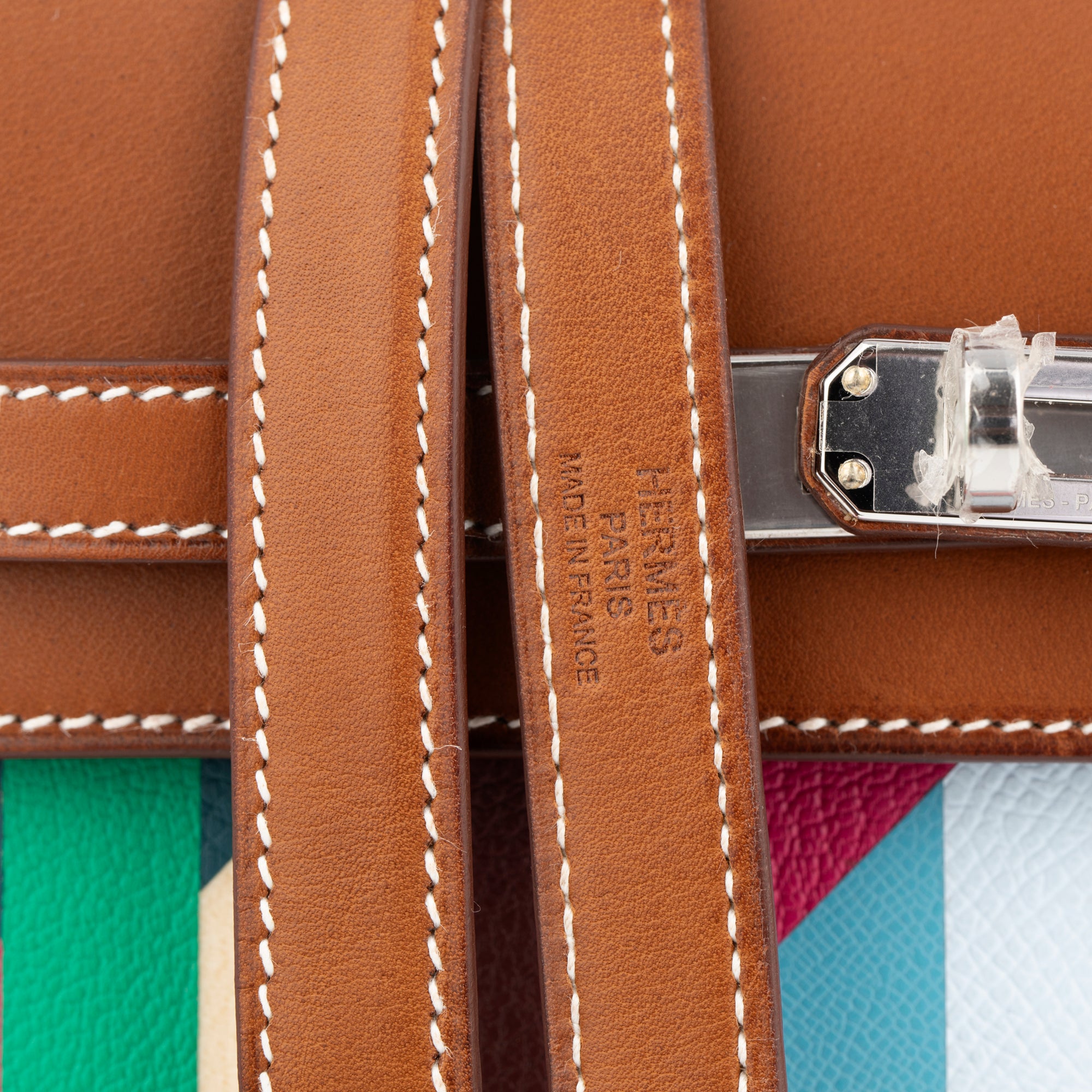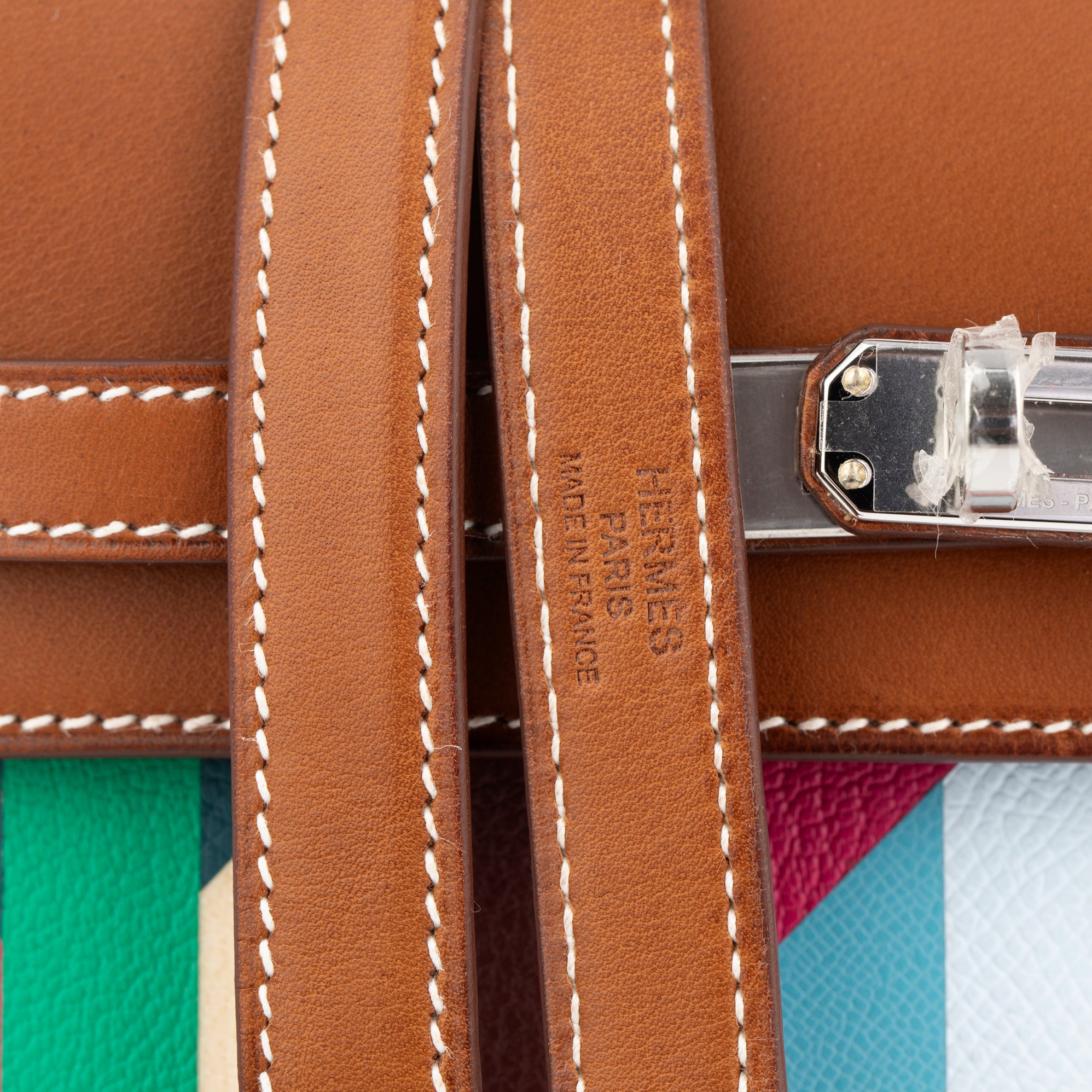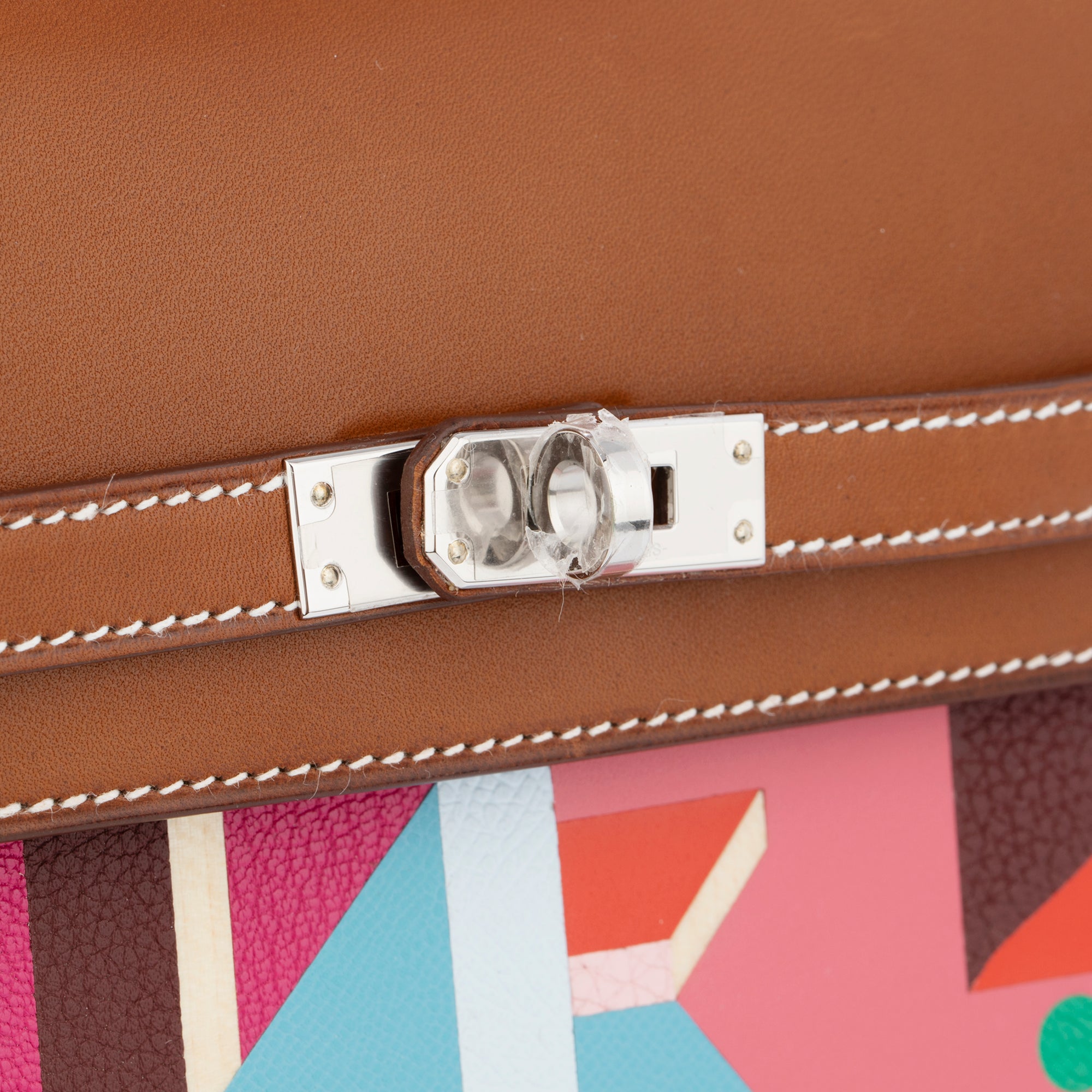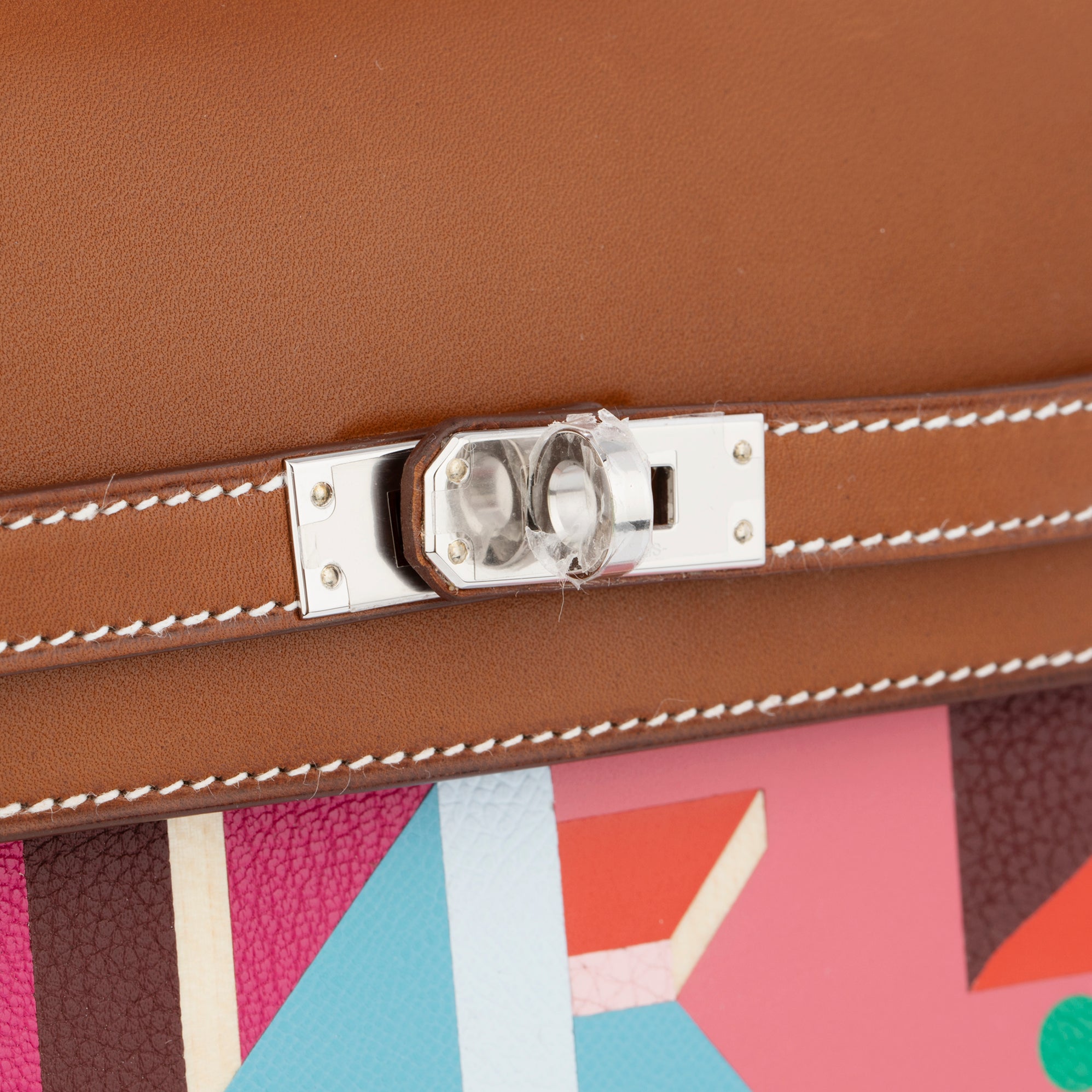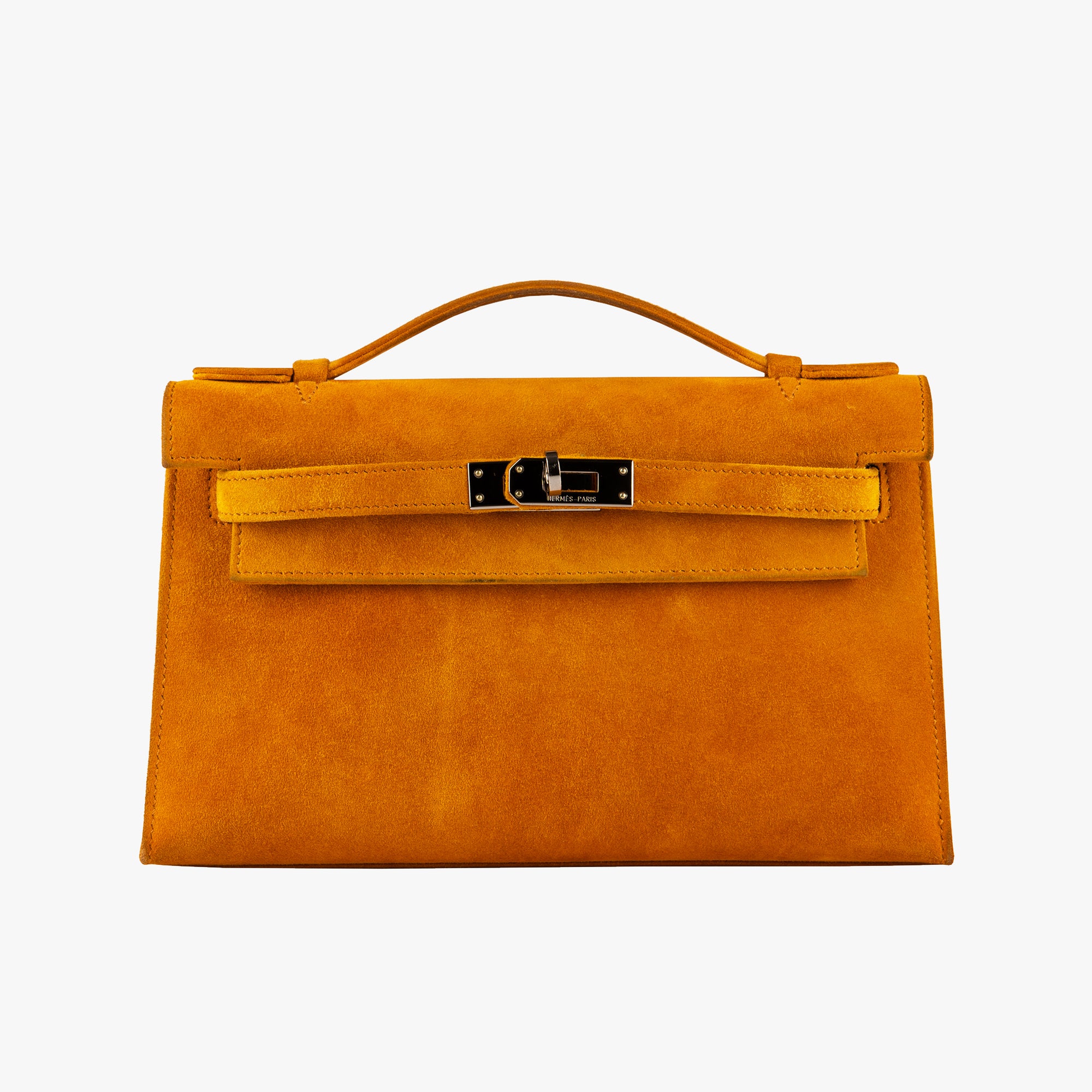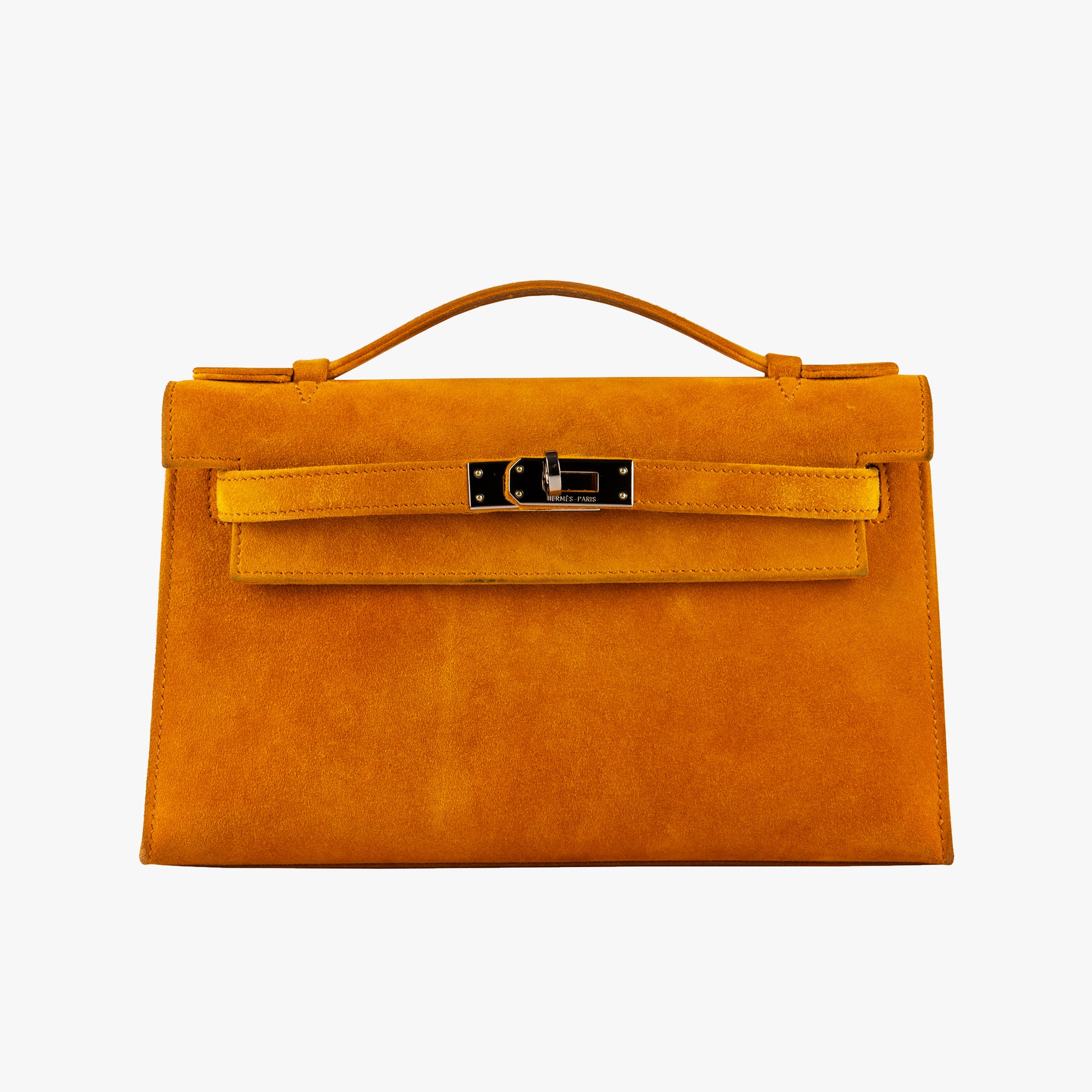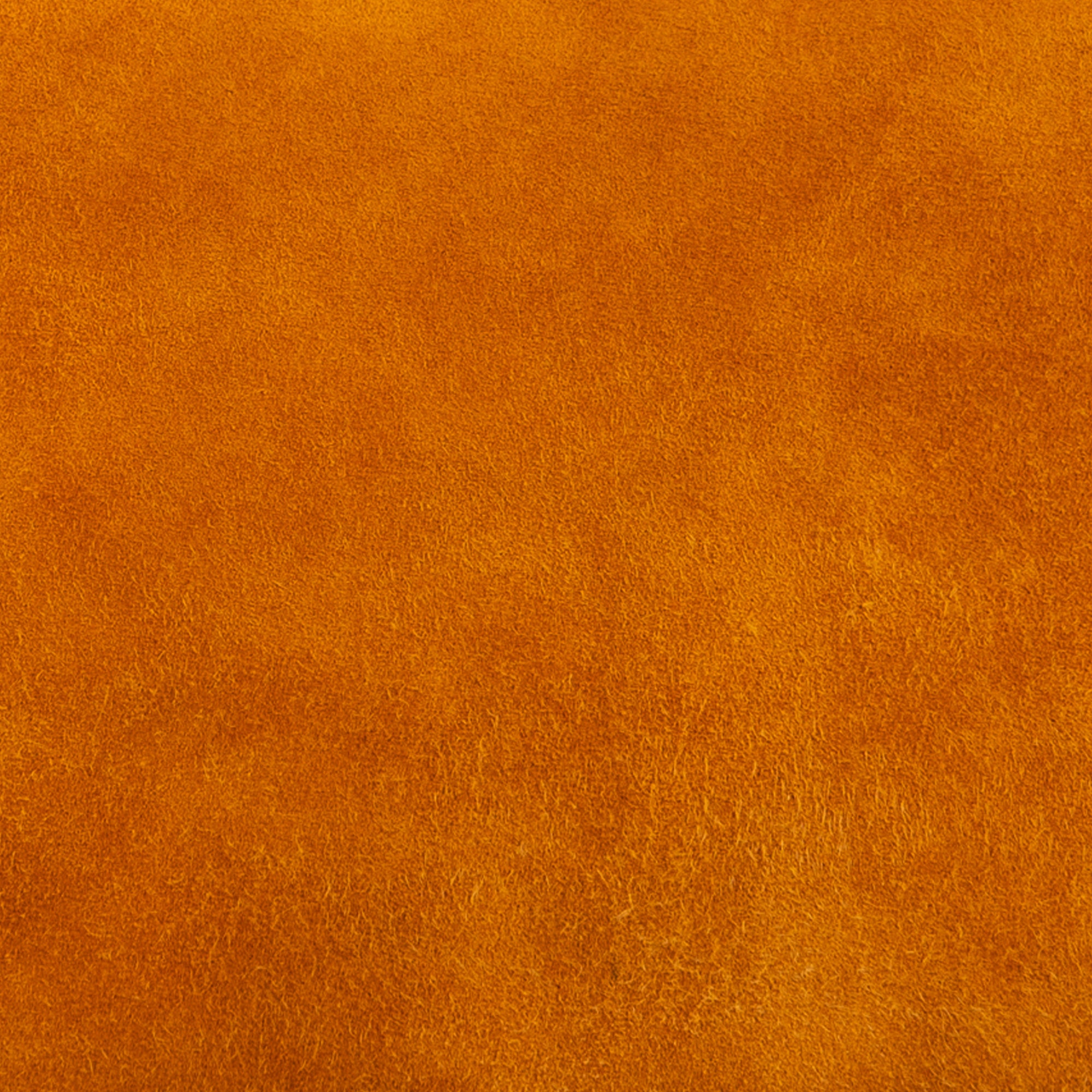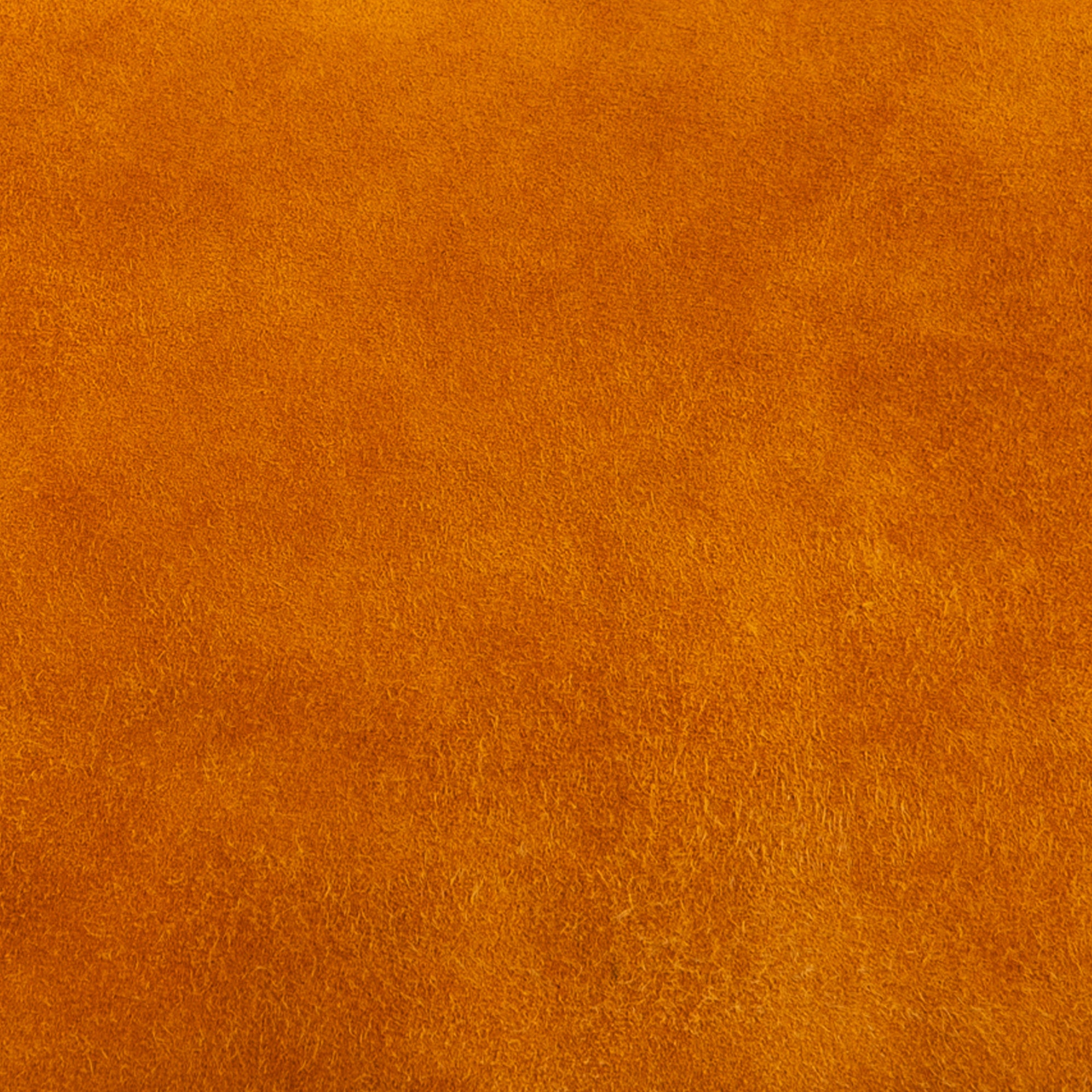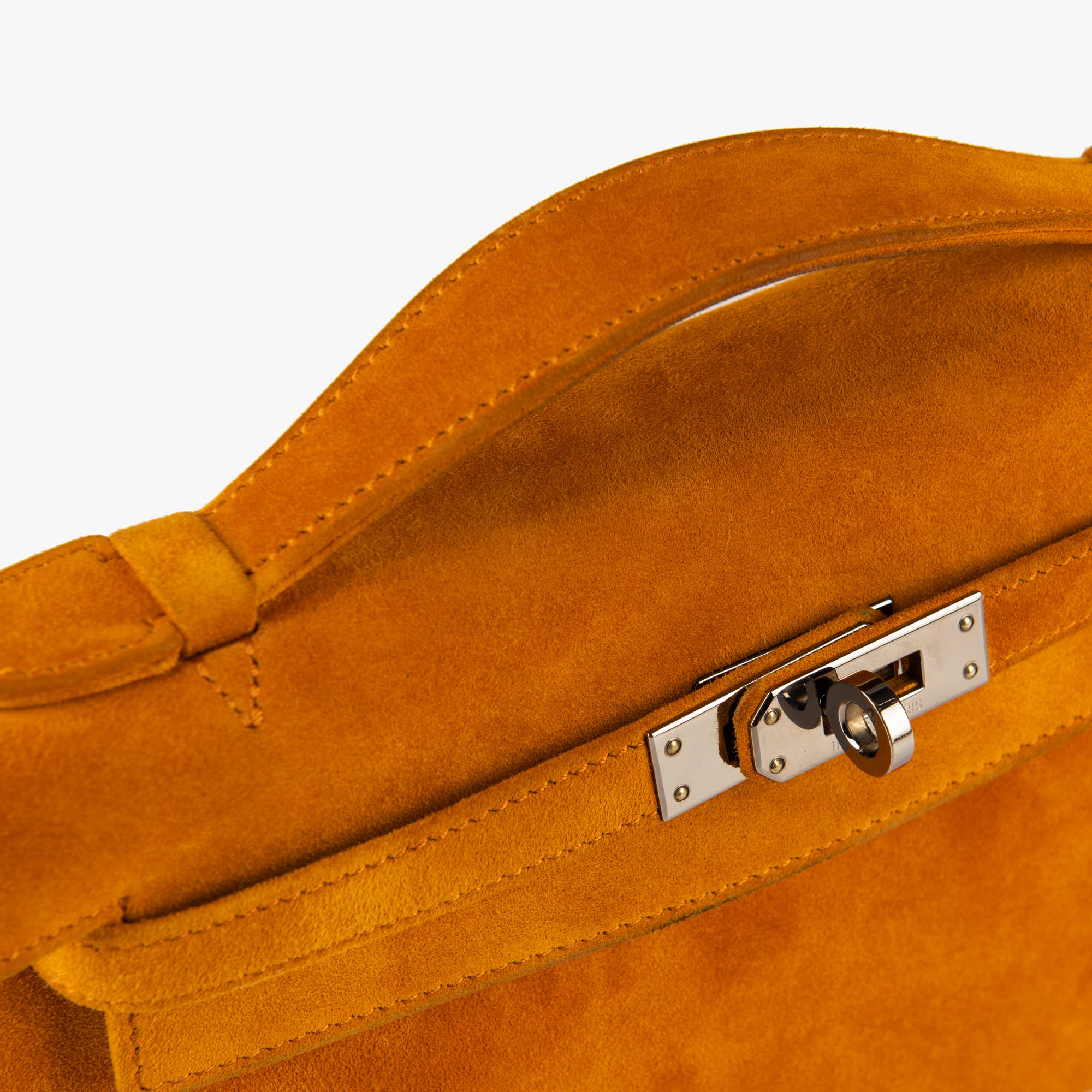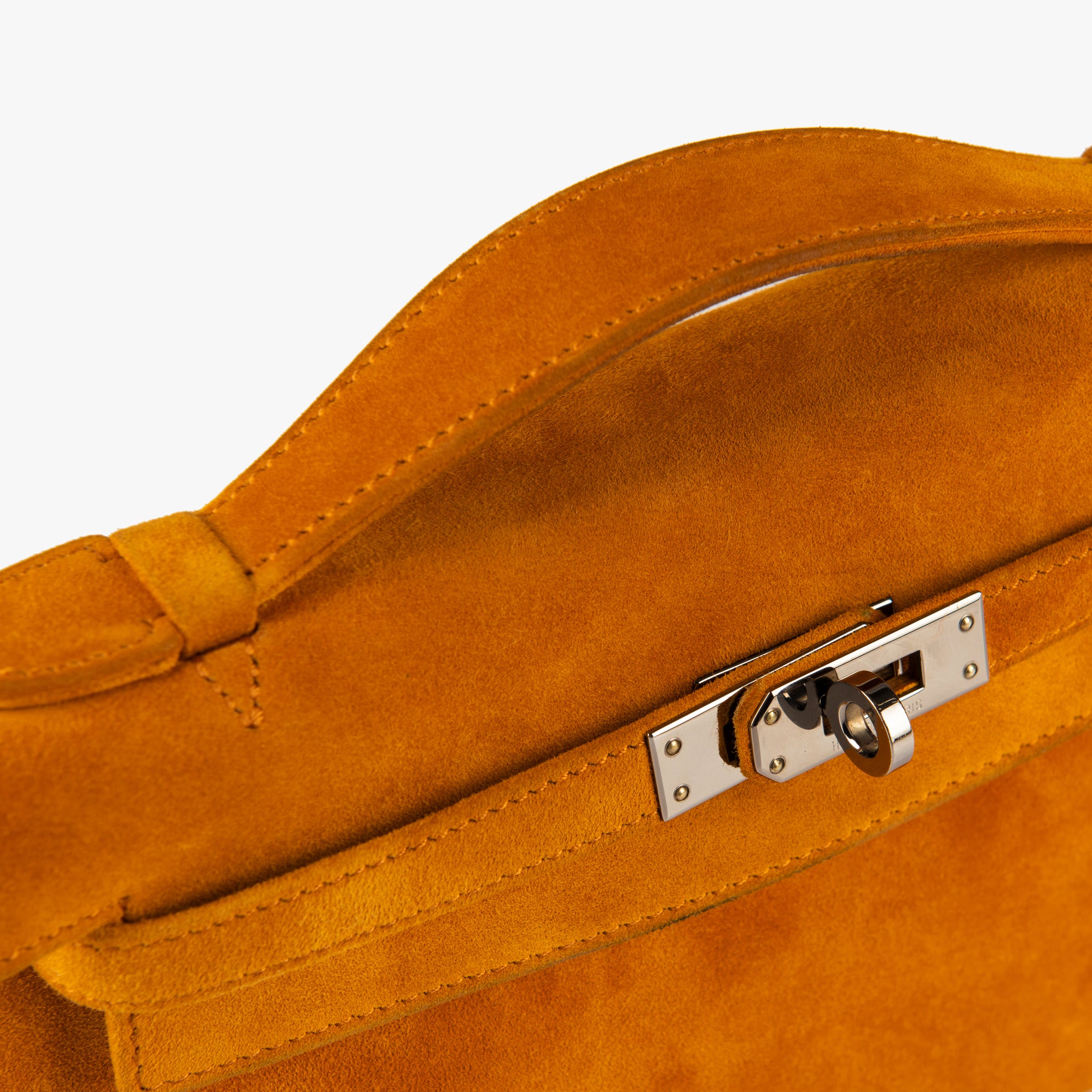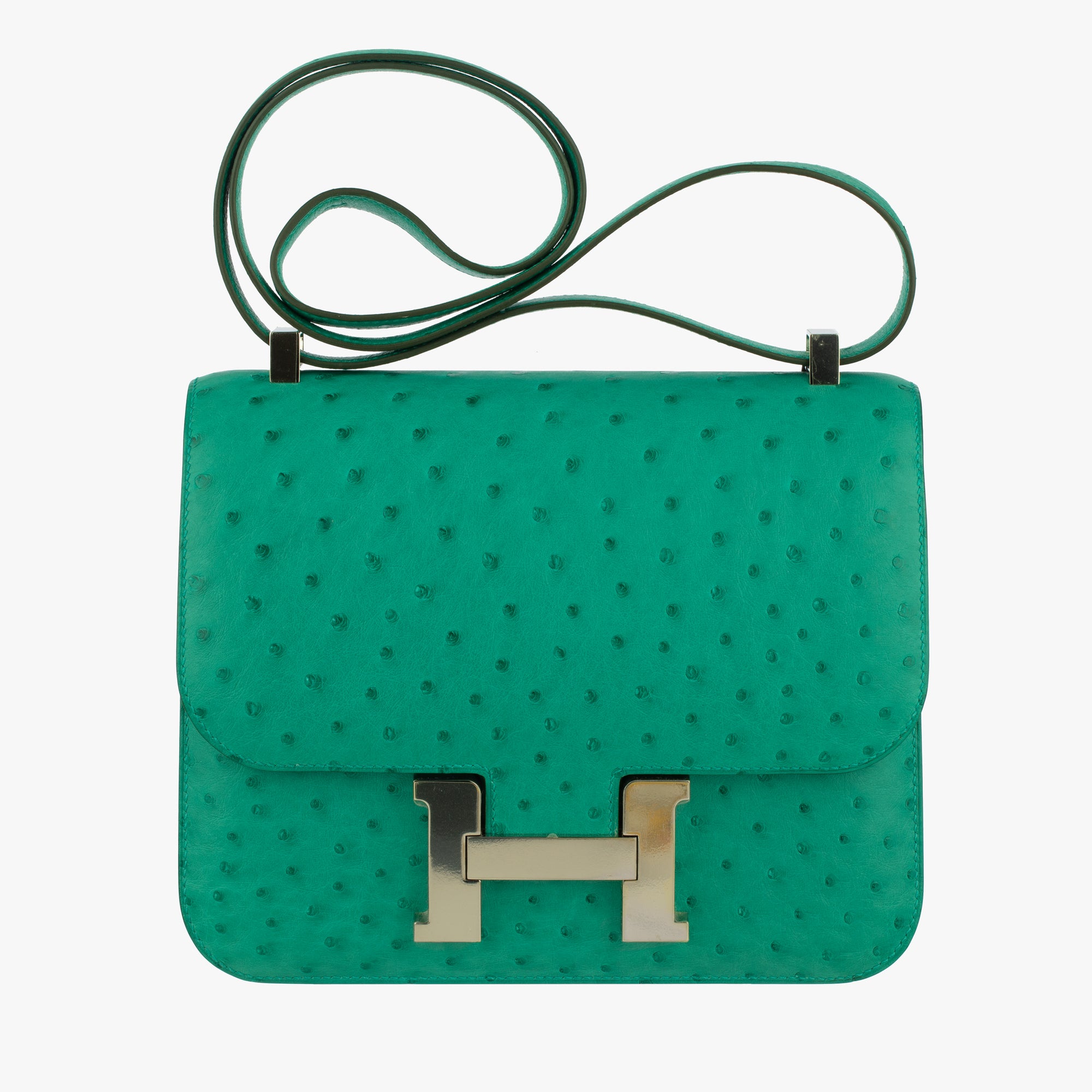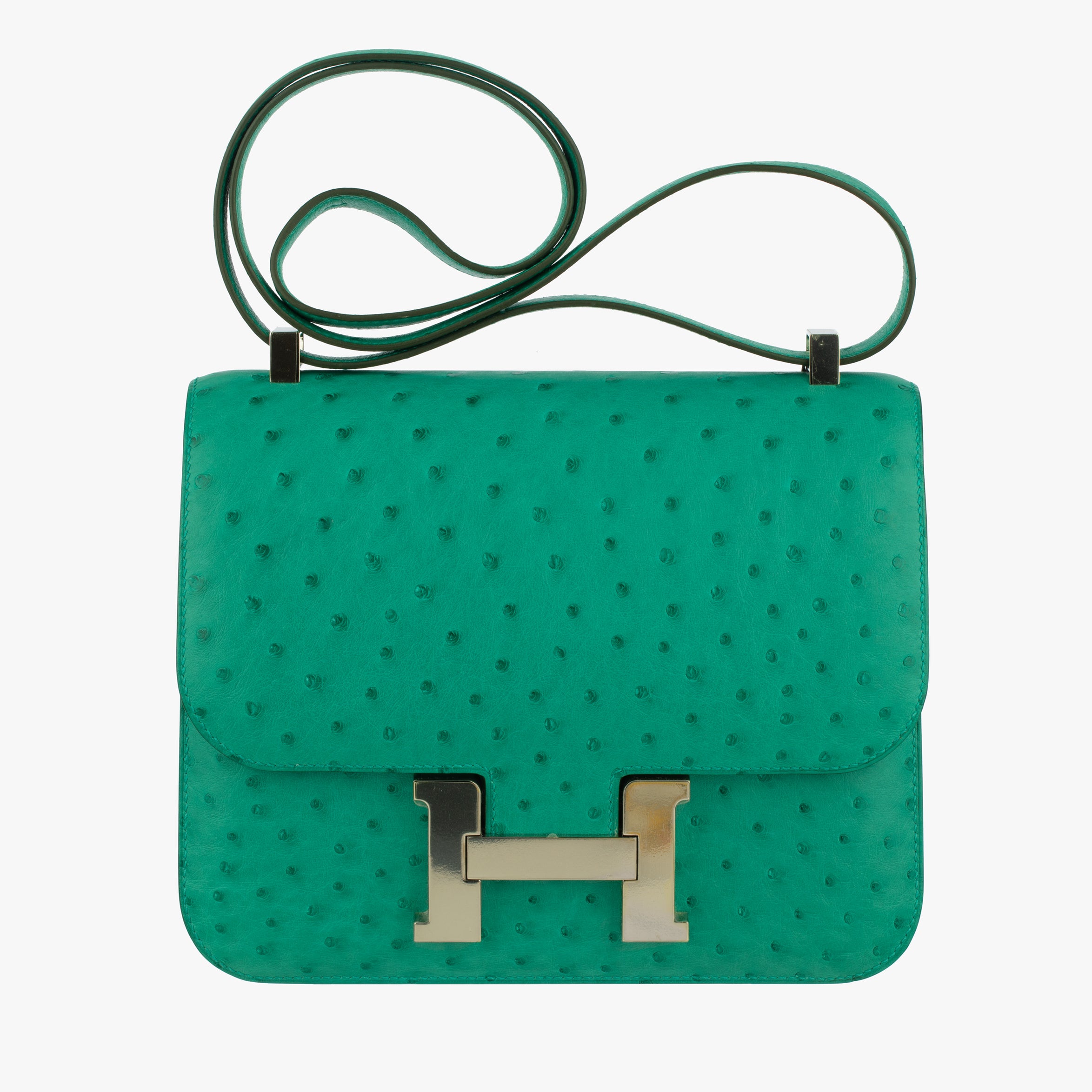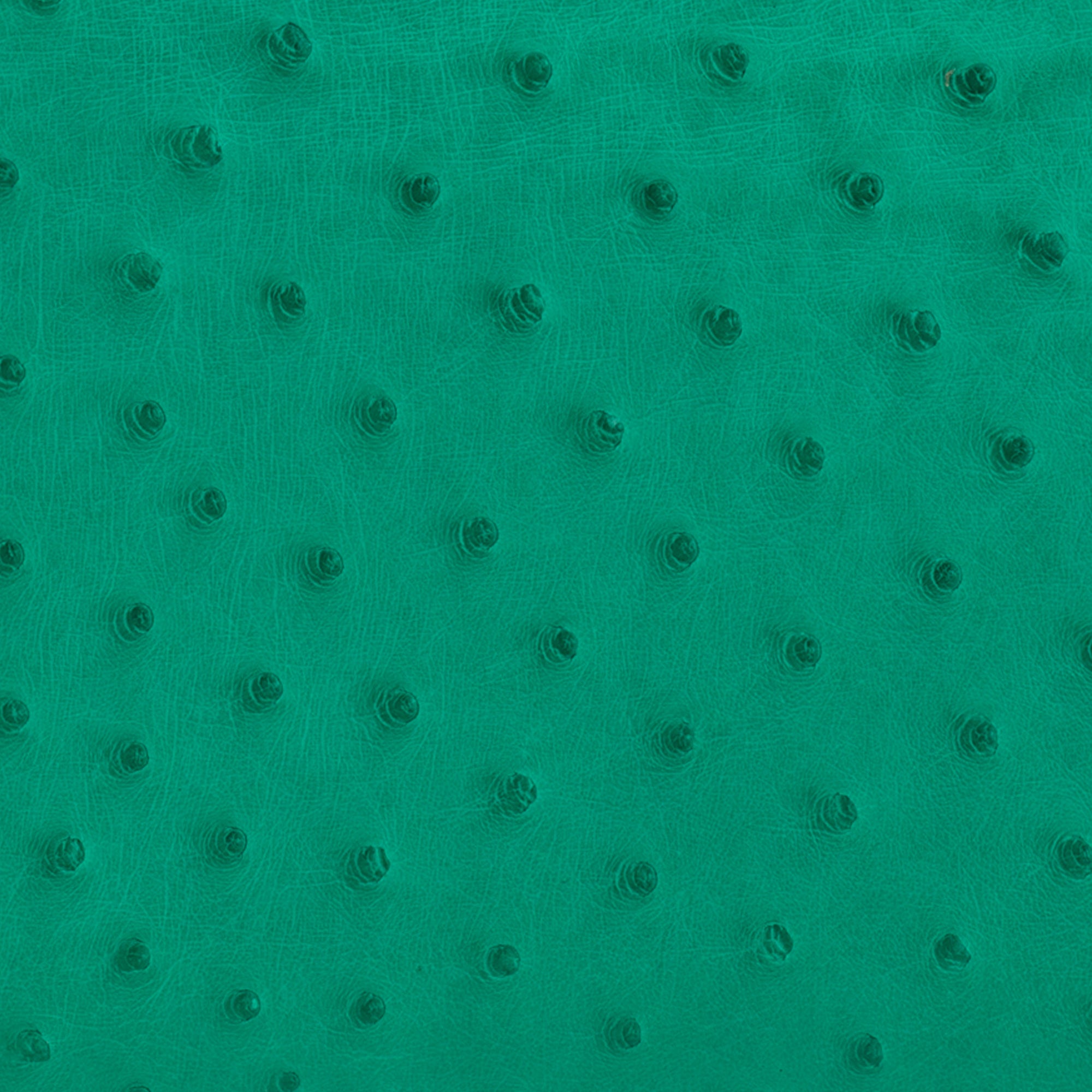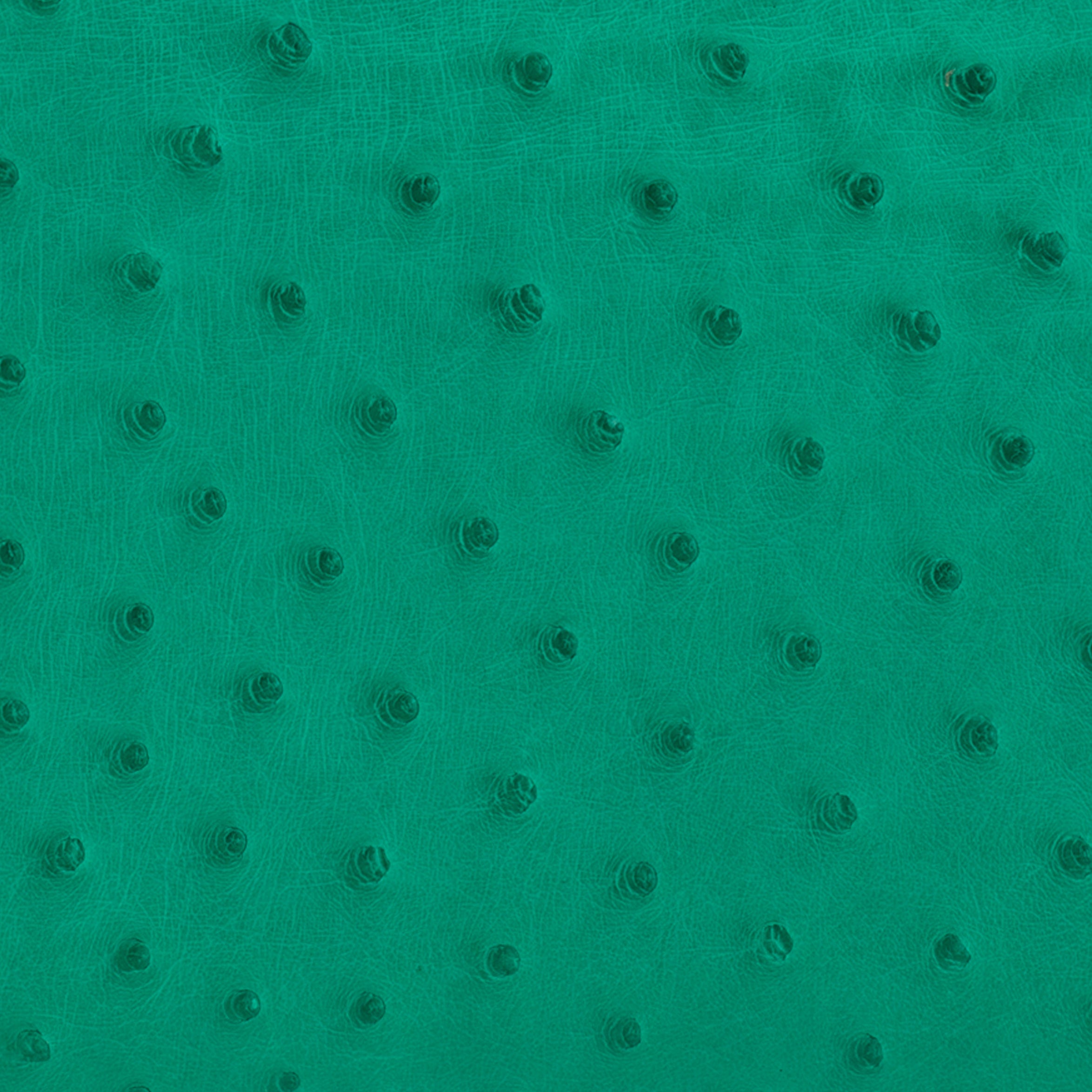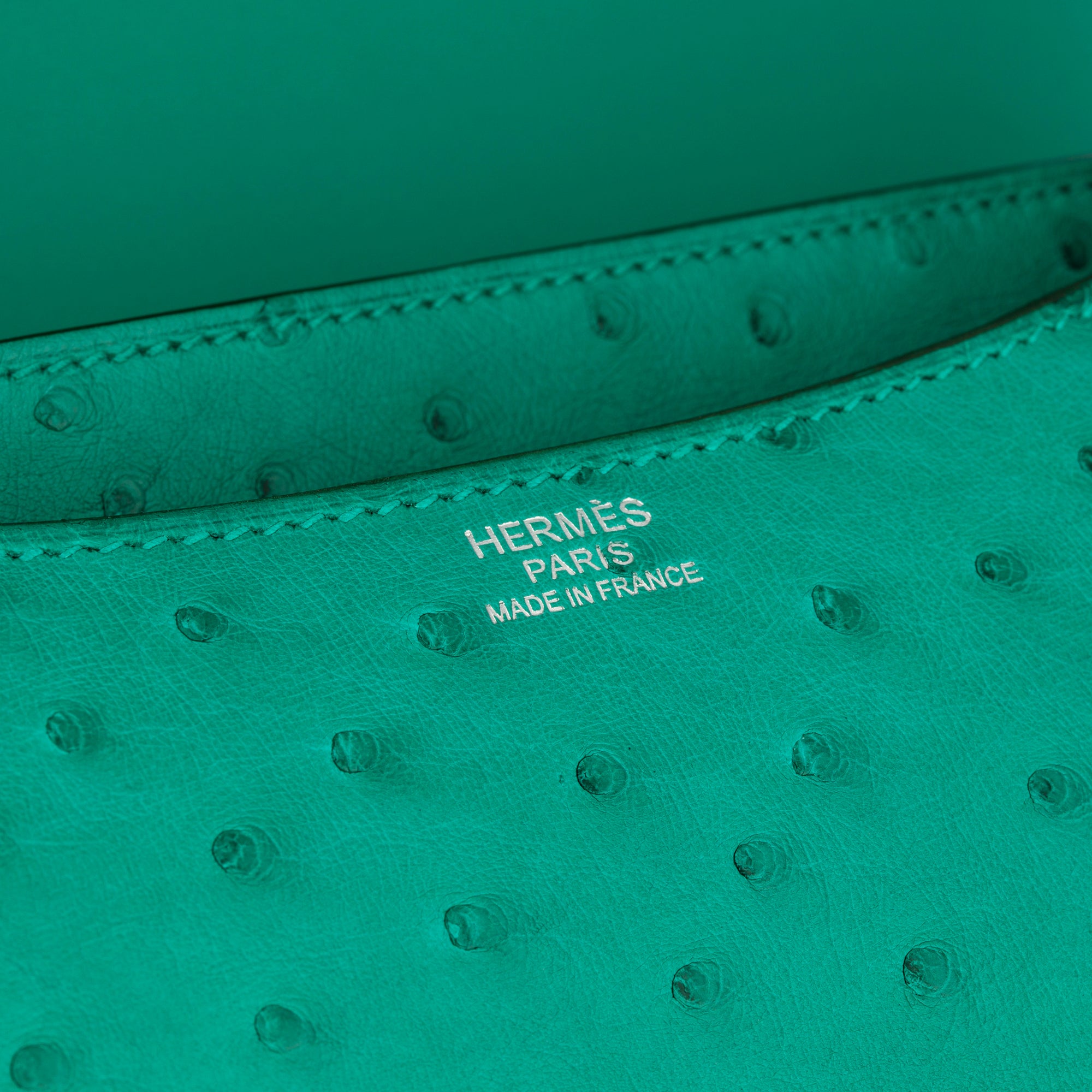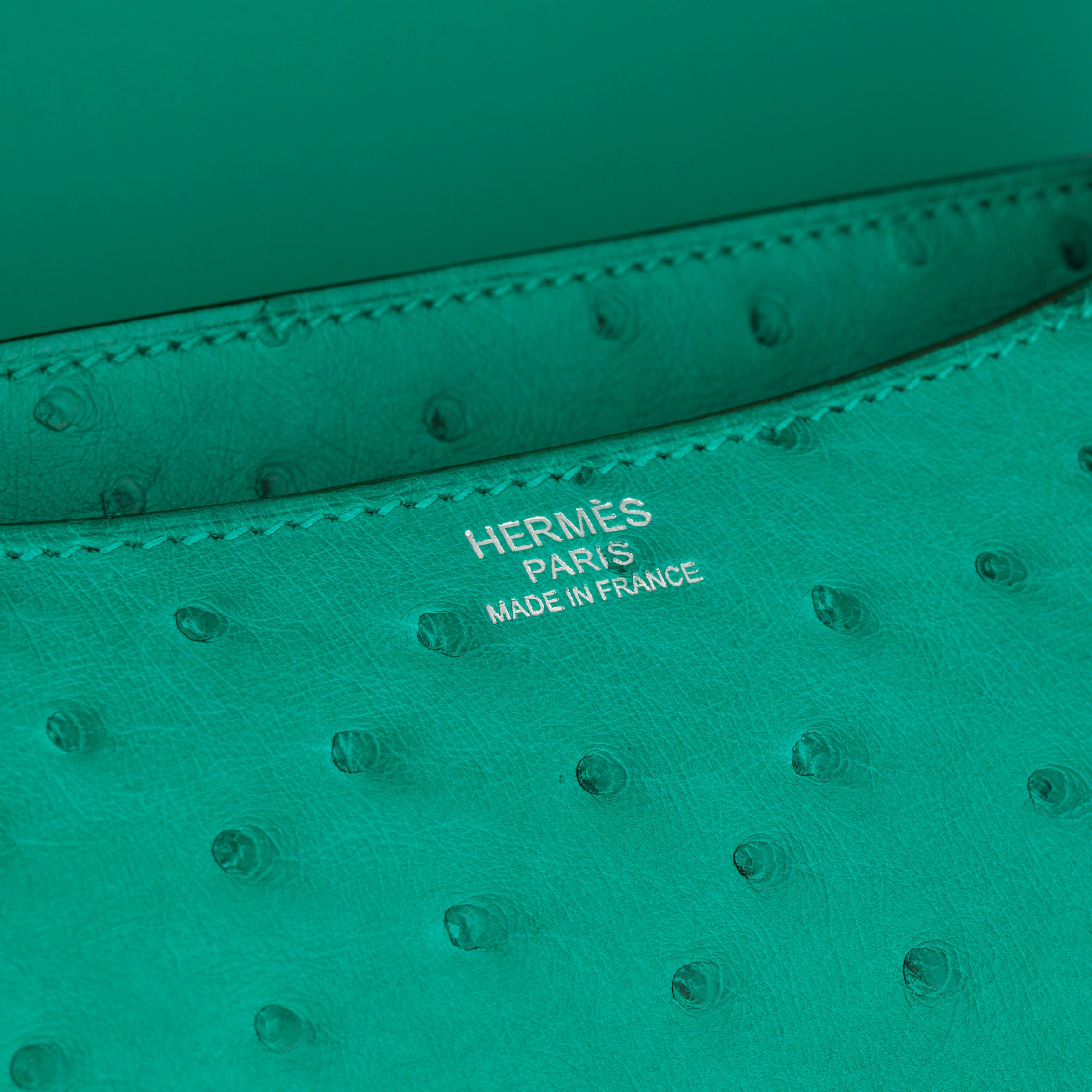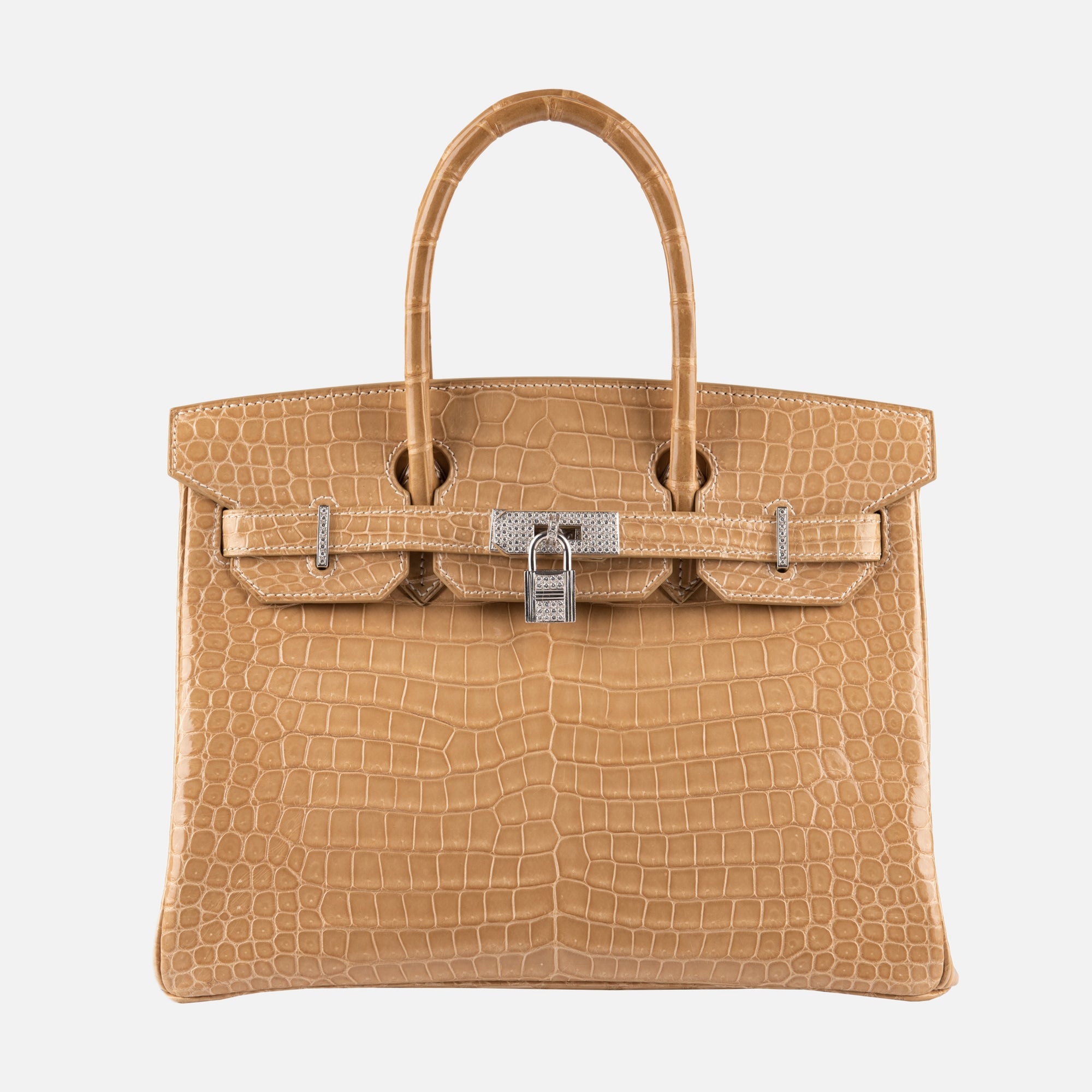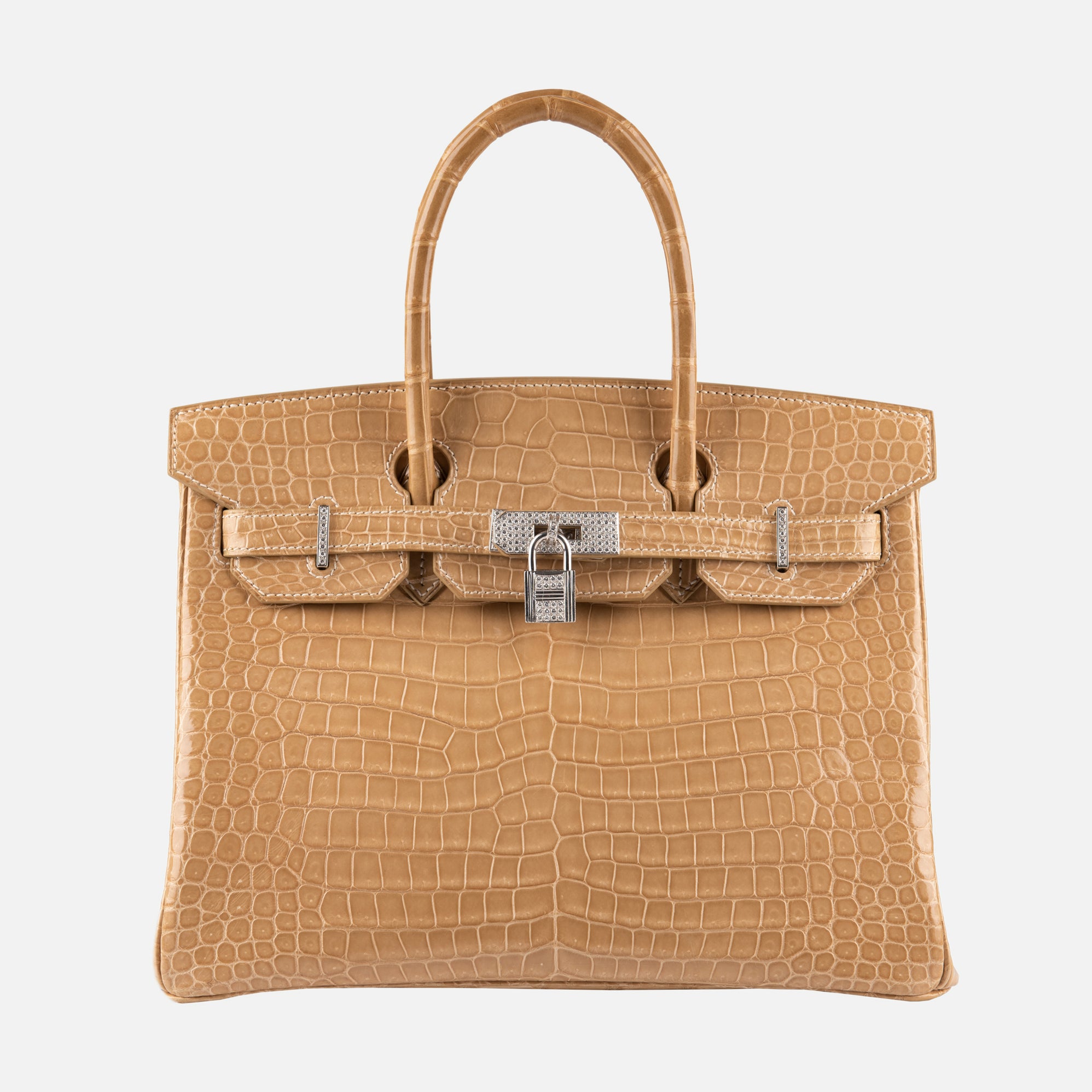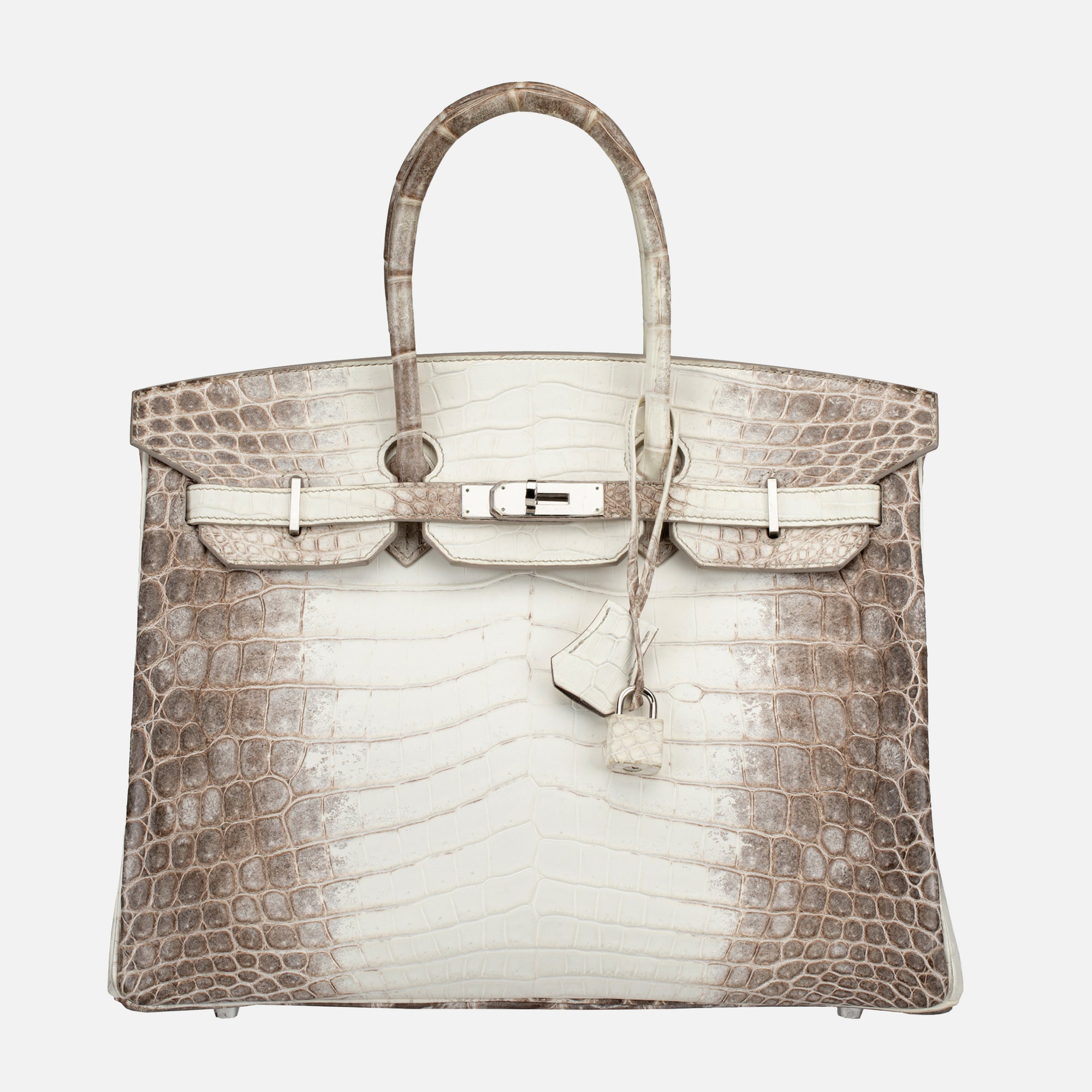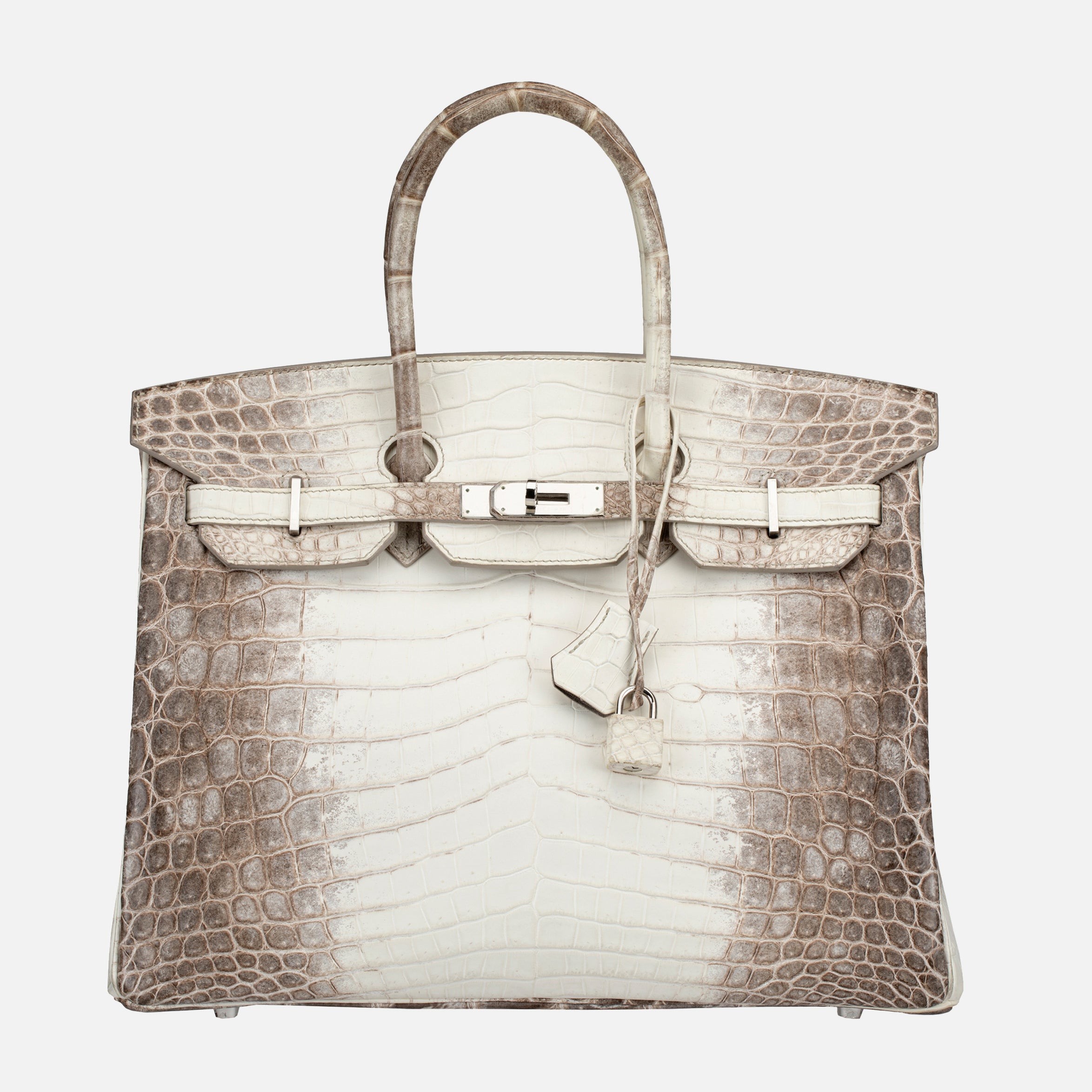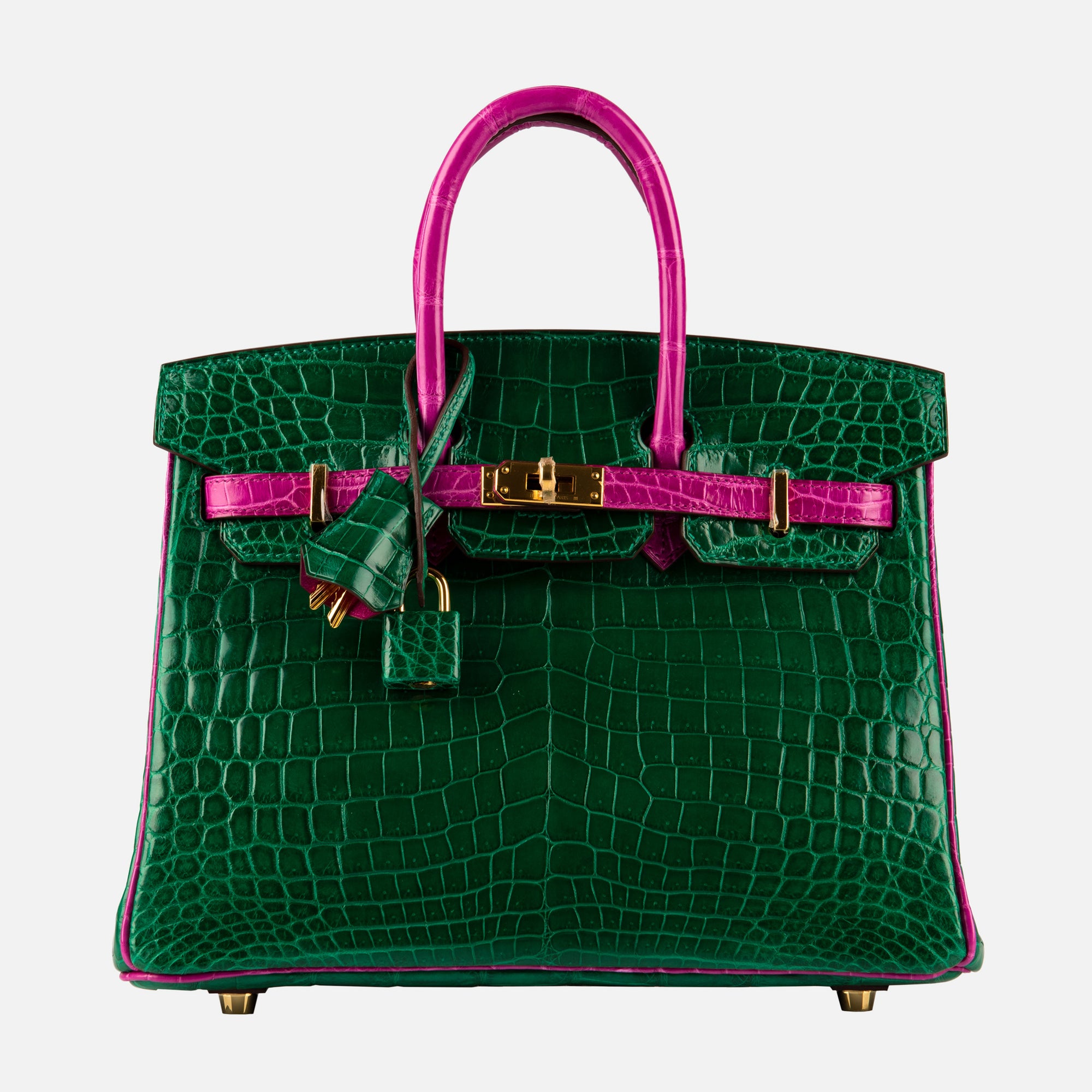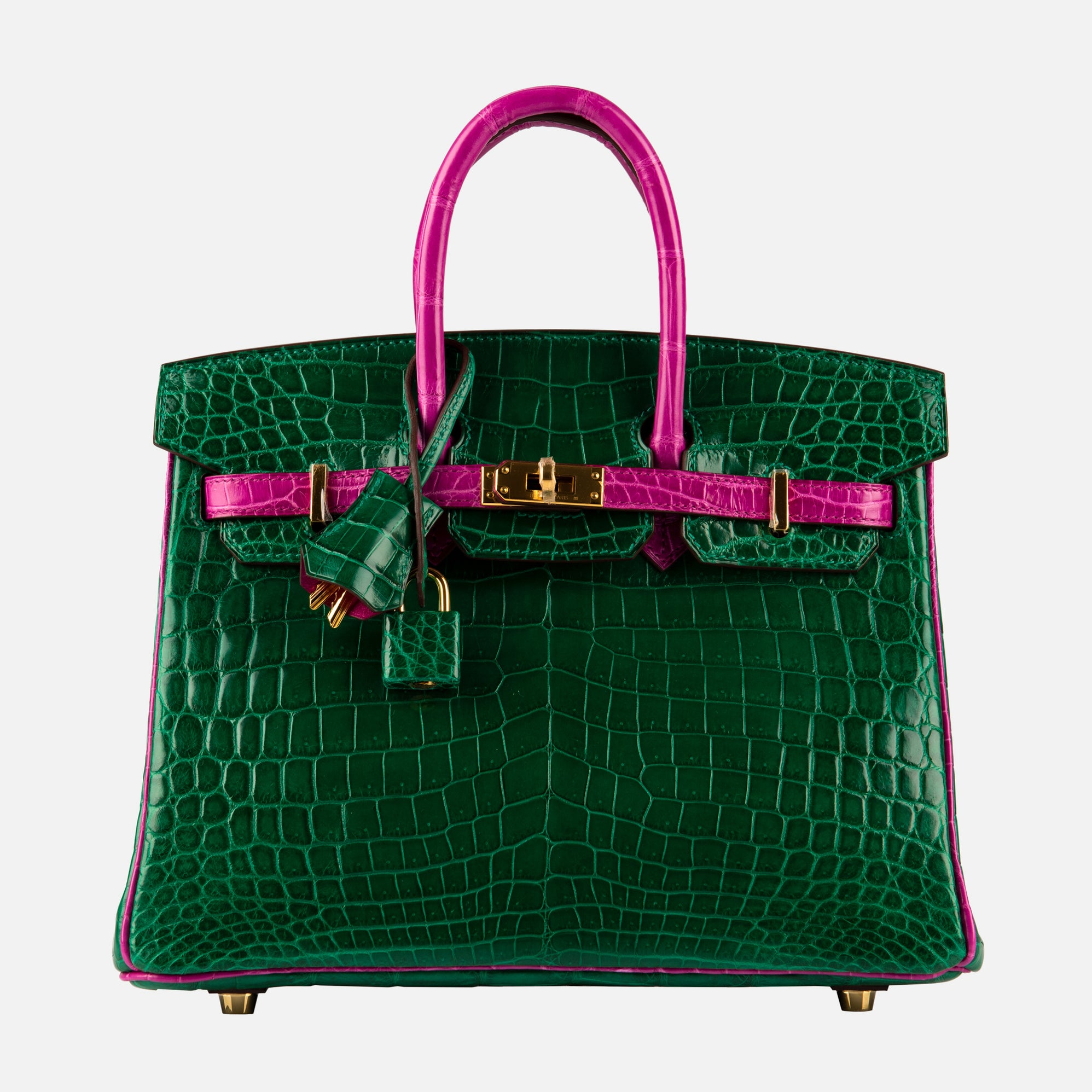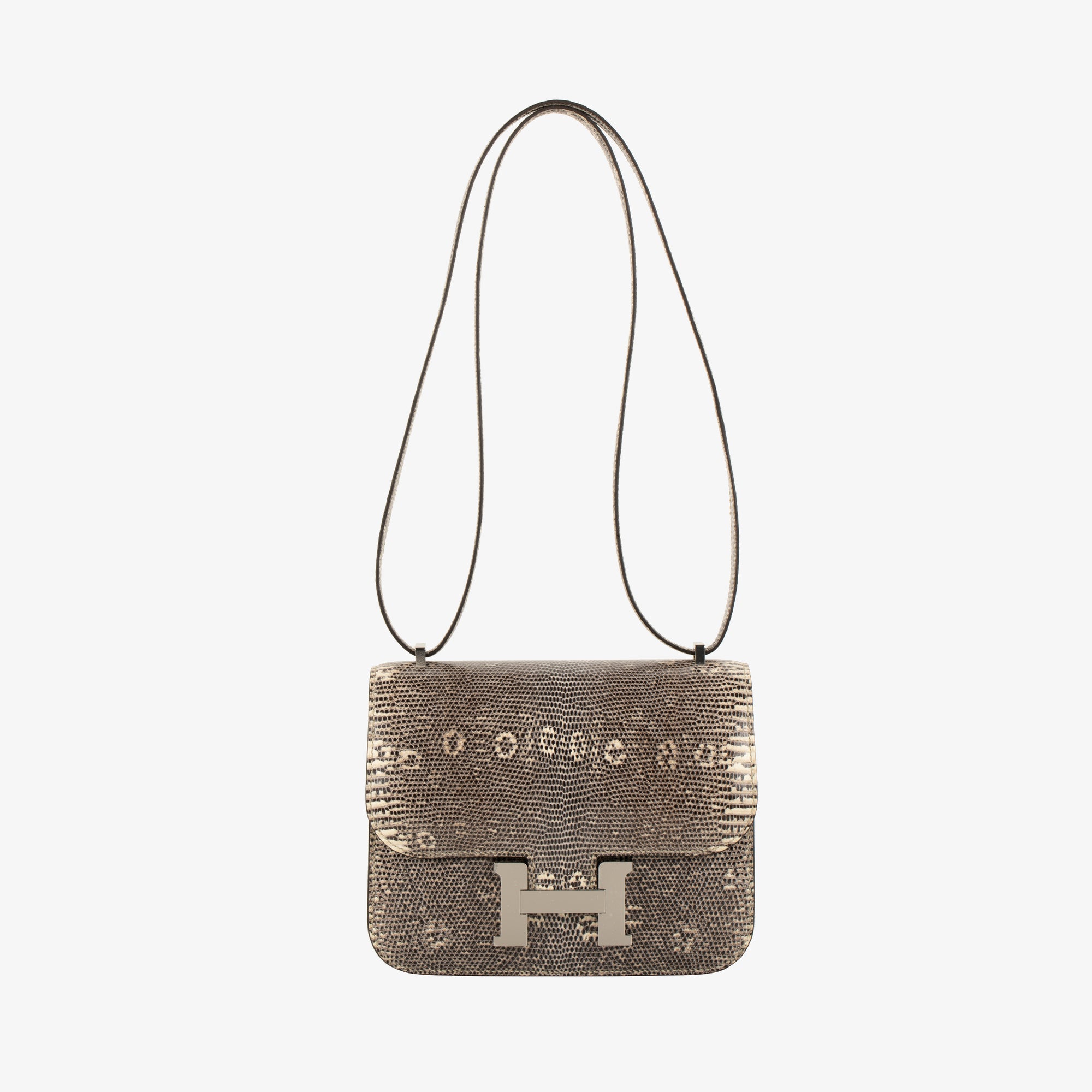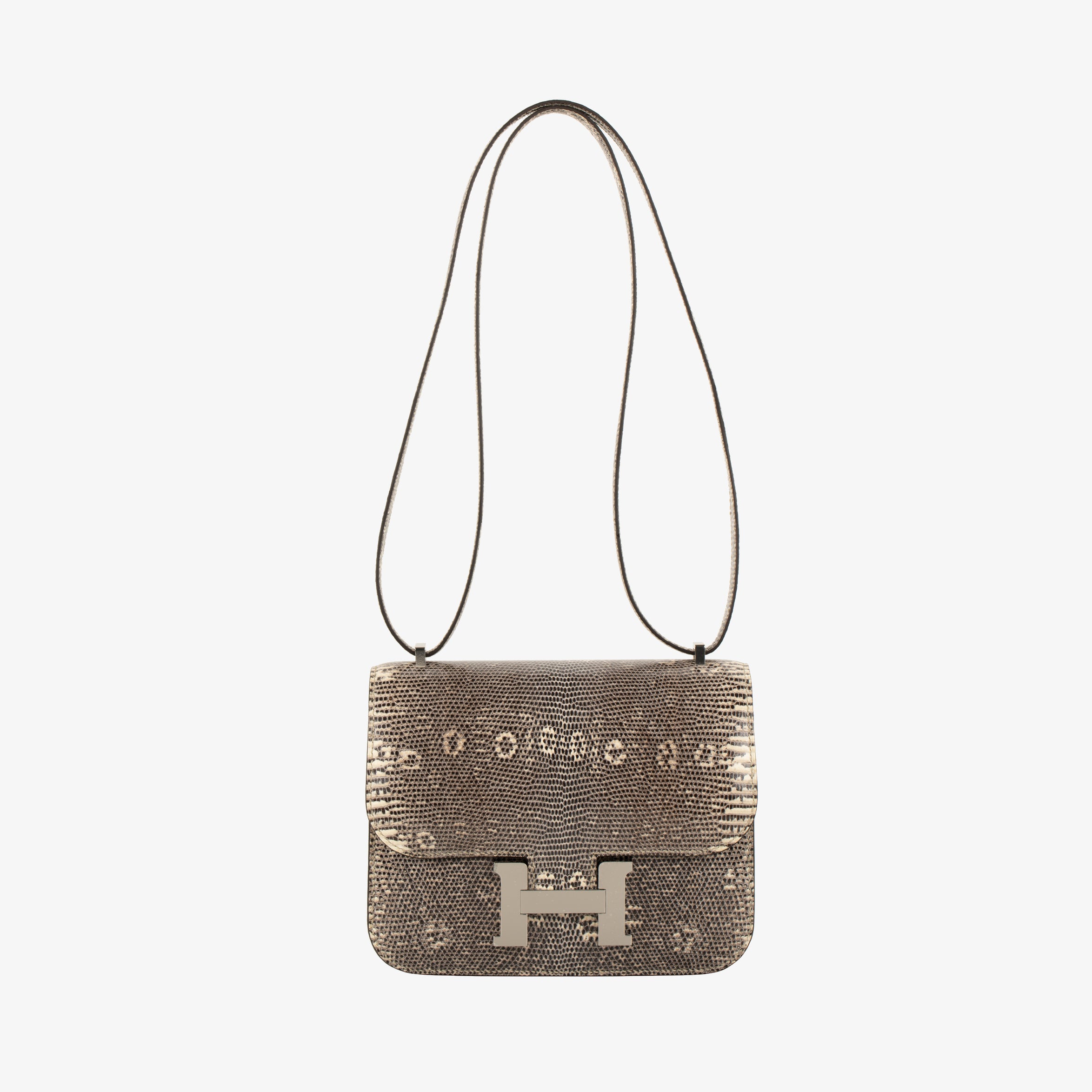HERMÈs
For nearly two centuries, Hermès has set the gold standard in artisanal luxury, transforming simple leather into heirlooms. From the supple grain of Togo to the rare gleam of Porosus crocodile, each Hermès leather is chosen not just for its beauty, but for how it evolves with time, use, and care. Understanding the nuances of Hermès’ leathers is key to collecting—and cherishing—these iconic pieces.
Below, we explore the most prized leathers in the Hermès universe: their textures, durability, and the personality they lend to each creation.
Togo
The Everyday Classic
Grain: Pebbled
Structure: Semi-rigid
Introduced: 1997
Crafted from calfskin, Togo is beloved for its fine-grained, raised texture and resilience. Its natural veins give each piece subtle individuality, while its structured form holds the shape of bags like the Birkin and Kelly beautifully. It’s a favourite for those who seek both elegance and daily wearability.
Clemence
Softness with Substance
Grain: Flat, matte pebbled
Structure: Slouchy
Introduced: 1990s
Made from baby bull leather, Clemence has a velvety matte finish and wider, flatter grain than Togo. Over time, it becomes more supple, creating a relaxed silhouette. Often used in larger bags like the 35cm Birkin, Clemence offers quiet luxury in motion.
Epsom
light weight and Impeccably Sharp
Grain: Cross-hatched pattern
Structure: Rigid
Durability: High (resistant to scratches)
Epsom leather, a hallmark of Hermès craftsmanship, is renowned for its sophisticated cross-hatched grain that exudes luxury and style. This leather is characterized by its structured form, making it the perfect choice for iconic Hermès handbags and accessories, which retain their shape beautifully over time. Its exceptional resistance to scratches and easy maintenance make Epsom an ideal material for daily use, while its refined appearance develops a subtle sheen that enhances its allure. With a perfect blend of tradition and modernity, Epsom leather embodies the essence of Hermès' commitment to quality and elegance.
Box Calf
The House Heritage
Grain: Smooth
Structure: Rigid
Heritage: Traditional Hermès saddle leather
Sleek, smooth, and high-shine, Box Calf is one of the oldest leathers used by Hermès. It scratches easily but develops a beautiful patina, making each piece deeply personal. Often chosen for vintage pieces and formal bags, it’s the epitome of timeless elegance.
Swift
Soft, Silky, and Colour-Rich
Grain: Very fine
Structure: Soft
Introduced: 2004
Swift is celebrated for its buttery feel and ability to absorb dye, giving it a luminous finish in every colour. Though delicate, it’s a favourite for vibrant, playful bags and accessories. Over time, it reveals a gentle shine and softens gracefully.
Chèvre | Mysore & Coromandel
Exquisite Goat Leather
Grain: Fine and glossy
Structure: Semi-rigid
Known for: Durability, lightness
Chèvre Mysore and Chèvre Coromandel are two variations of goat leather used by Hermès. Light, durable, and subtly glossy, this leather resists scratches and holds structure beautifully. Often used in limited editions and small leather goods, it balances luxury with function.
Barenia
The Equestrian Soul
Grain: Smooth
Structure: Soft
Origins: Saddle leather
A nod to Hermès’ equestrian roots, Barenia is a natural cowhide leather known for its luxurious feel and rich patina. Water-spotting and scratches are part of its charm—it’s a leather that tells a story. For collectors, Barenia is a coveted expression of Hermès heritage.
Suede Doblis
Velvety Sophistication
Grain: Fine nap (brushed surface)
Structure: Supple
Durability: Moderate (sensitive to moisture and abrasion)
Suede Doblis is a refined calf suede known for its soft, velvety texture and matte finish. The fine nap gives it a plush handfeel and elegant depth, often reserved for vintage Hermès Constance and Kelly bags. Though delicate, Doblis develops a rich character over time when cared for properly. It’s favoured by collectors for its tactile appeal and understated luxury.
Ostrich Leather
Velvety Sophistication
Grain: Natural dotted pores (quill follicles)
Structure: Semi-rigid
Durability: Excellent (ages well)
Ostrich leather is instantly recognisable by its polka-dot-like quill pattern — natural markings where the feathers once were. Coveted for its unique texture and natural oils, it resists drying and ages beautifully, developing a glowing patina. Ostrich lends elegance to structured bags, wallets, and limited-edition colourways.
Exotics
Crocodile, Alligator & Lizard
- Porosus Crocodile (Australia): The most prestigious, with fine symmetrical scales and a glossy finish.
- Niloticus Crocodile (Africa): Slightly larger scales and a matte or shiny finish.
- Alligator Mississippiensis (USA): Soft and luxurious, often used for smaller goods.
- Lizard (Varanus Salvator): Small-scaled and sleek, but requires more delicate care.
These exotic skins are the pinnacle of Hermès craftsmanship. Always accompanied by a subtle symbol next to the Hermès stamp (a caret for Porosus, double dots for Niloticus), they’re offered only to select clients and require CITES documentation for international resale.
Each Hermès leather serves a purpose. Choose Togo or Clemence for everyday use, Epsom for crisp structure, Swift for colour saturation, or Box Calf for timeless shine. If rarity and prestige matter most, Ostrich and Crocodile stand at the top of the hierarchy — both requiring expert care and a collector’s appreciation.
The right leather not only transforms how a Hermès piece looks and feels, but also how it evolves with its owner. From supple and soft to sharp and structured, the story of Hermès begins — and endures — in leather.
PHOTOGRAPHY BY LUKE CARTER
